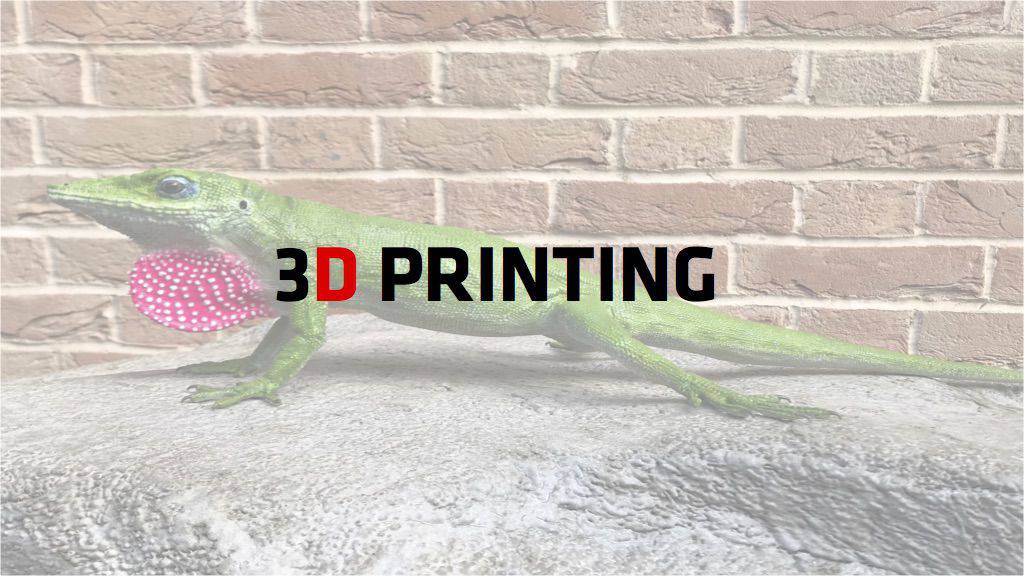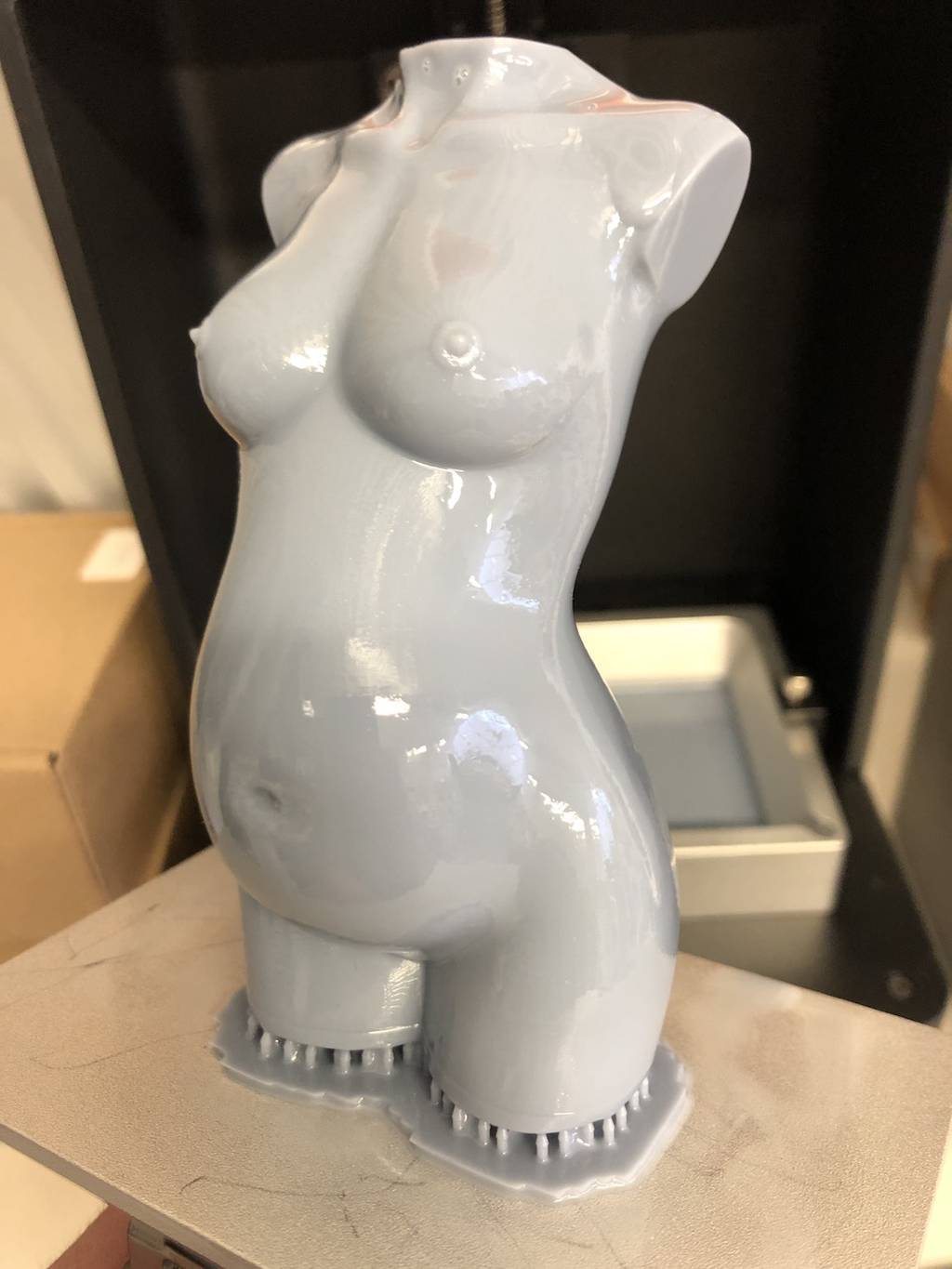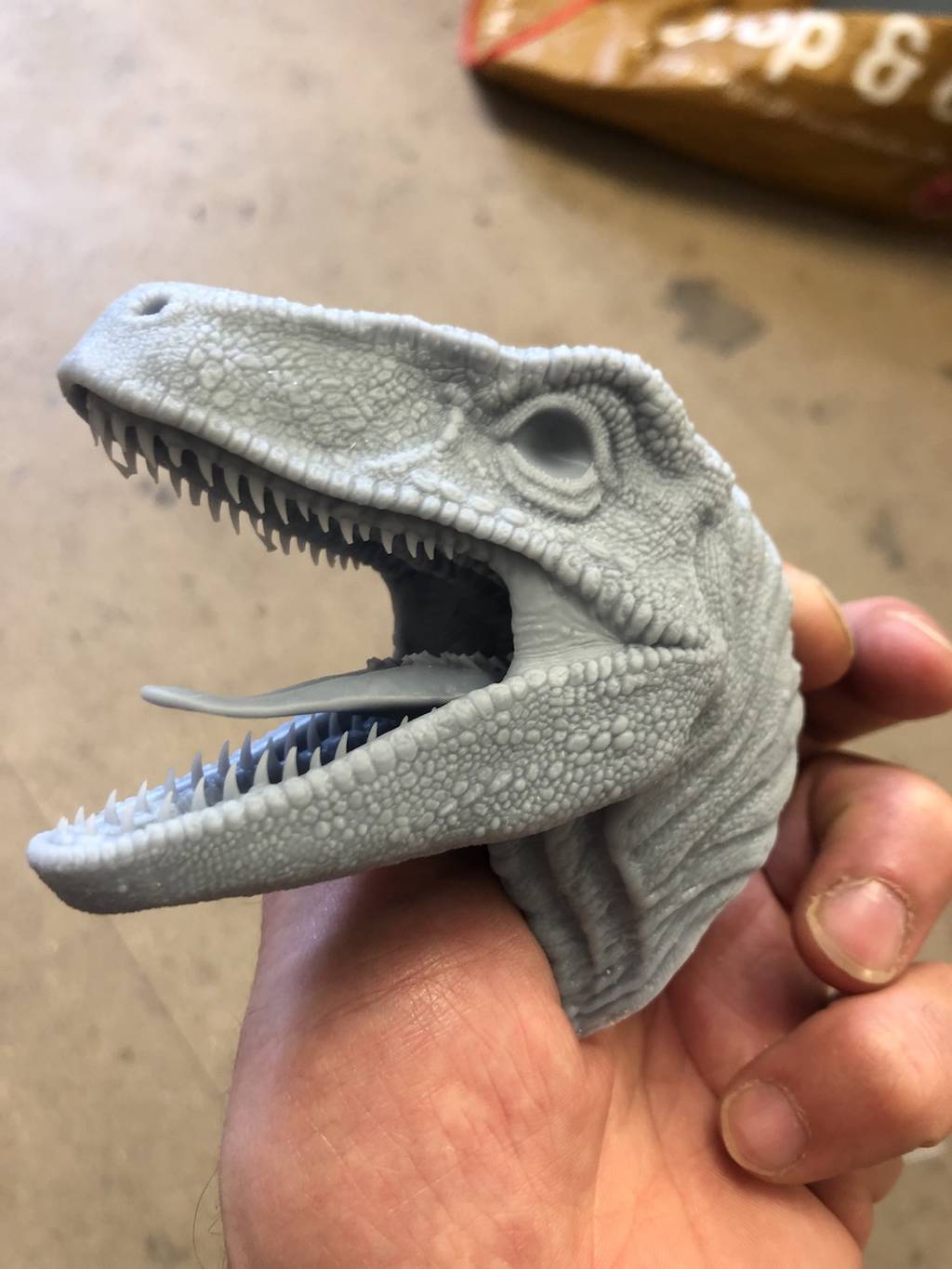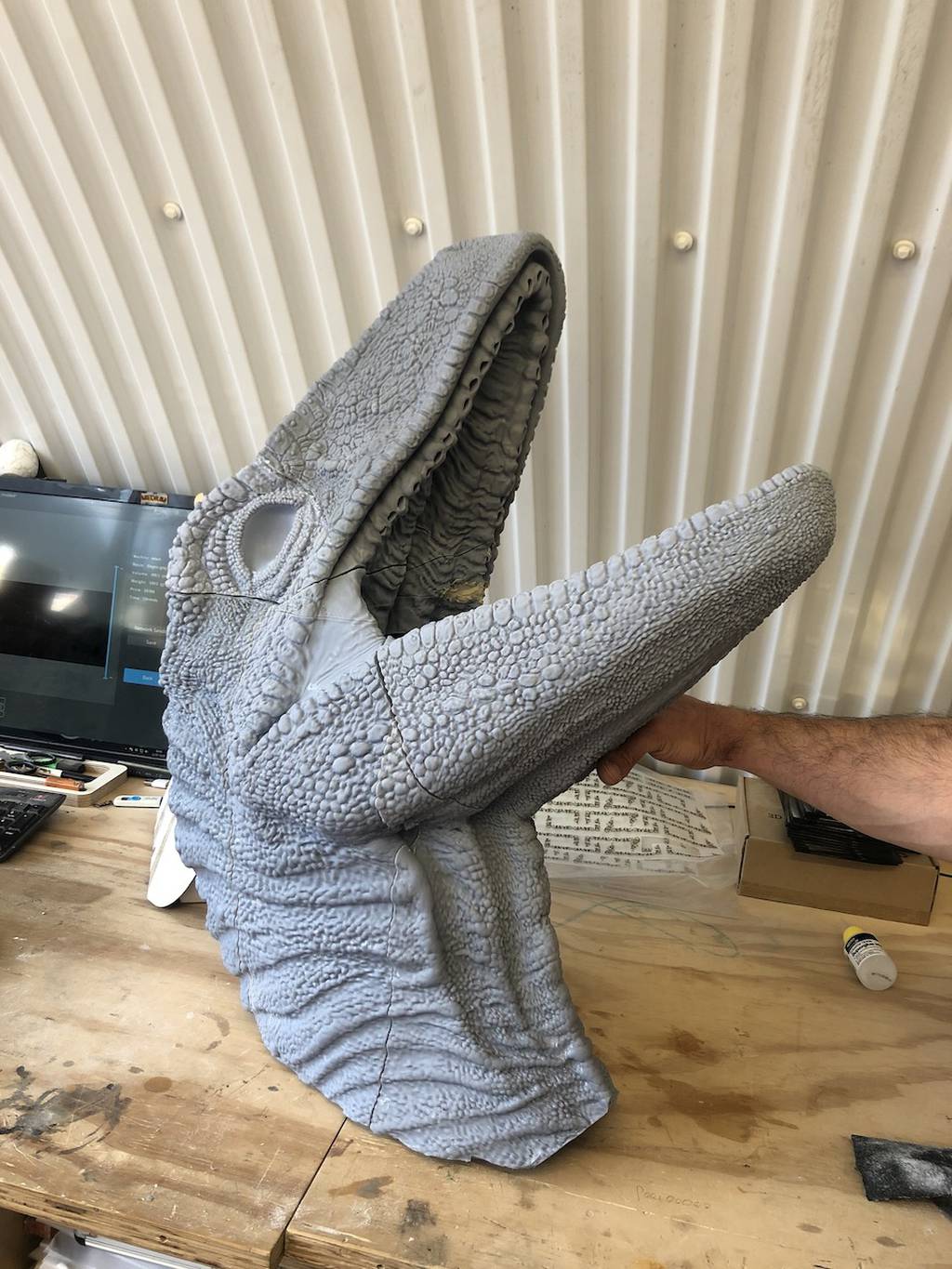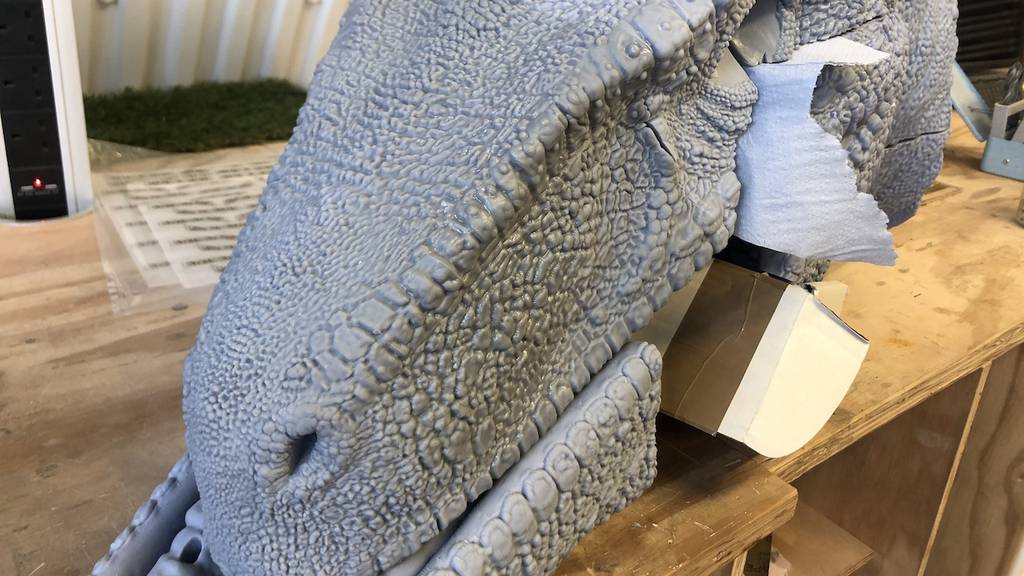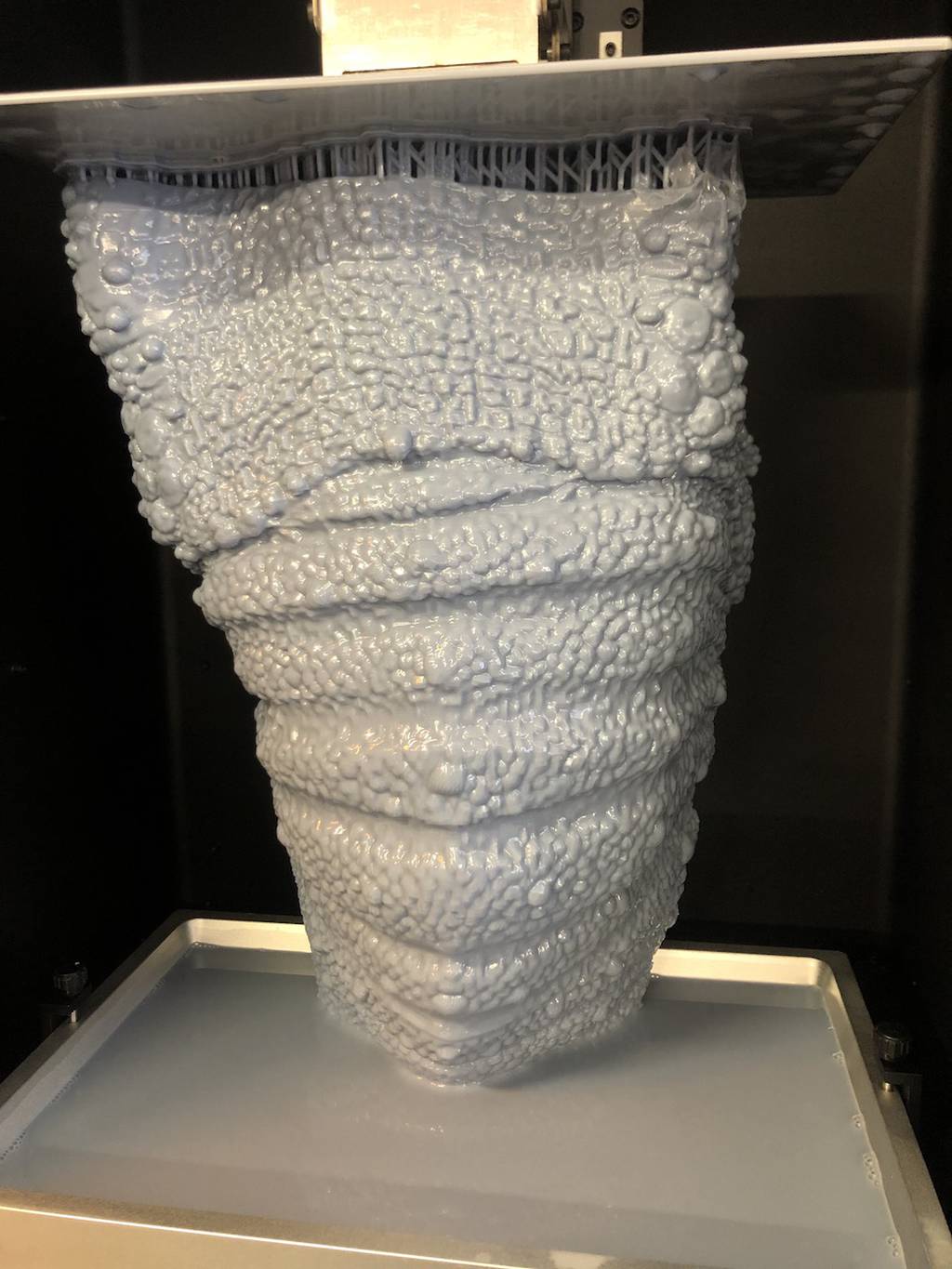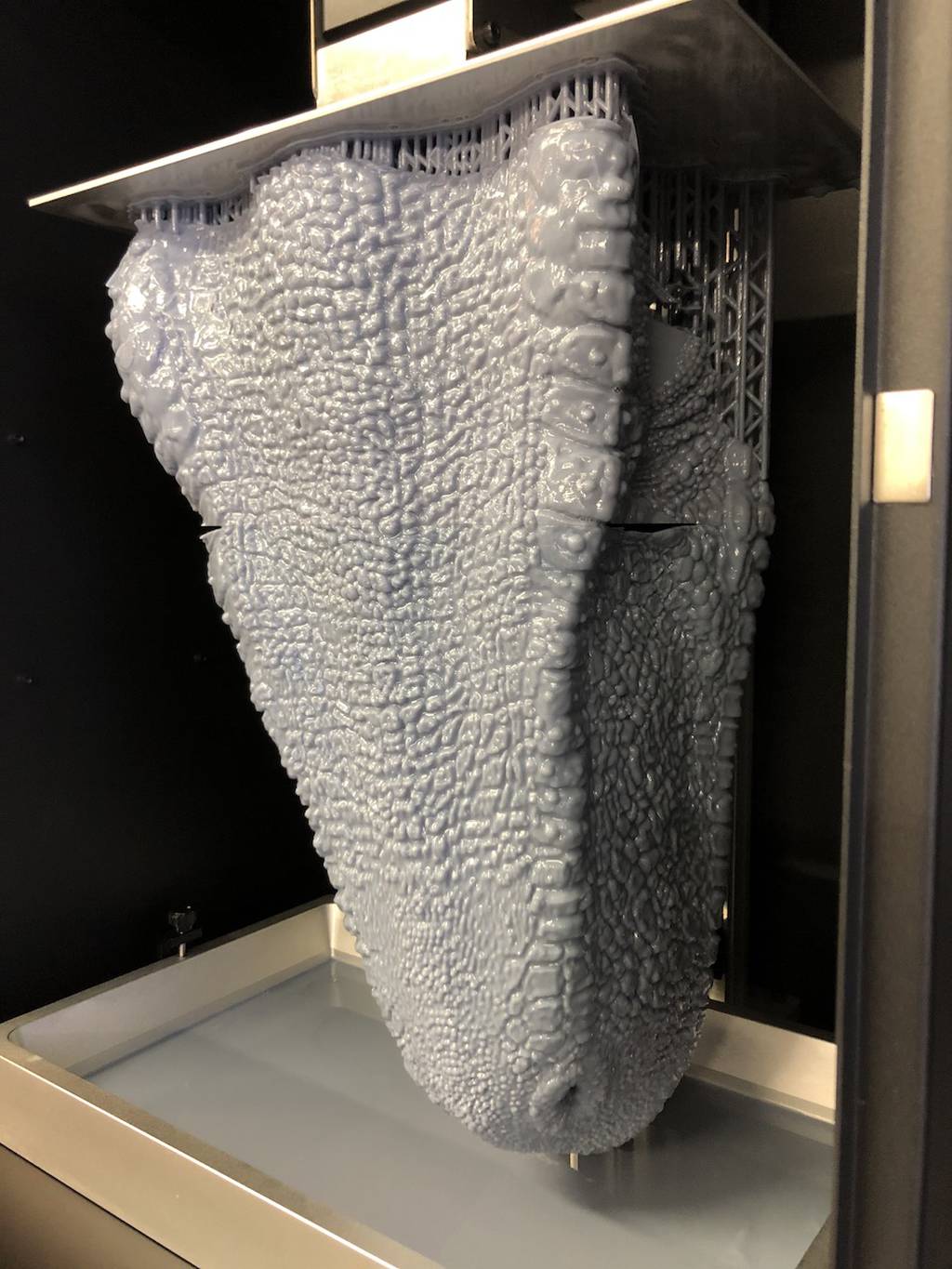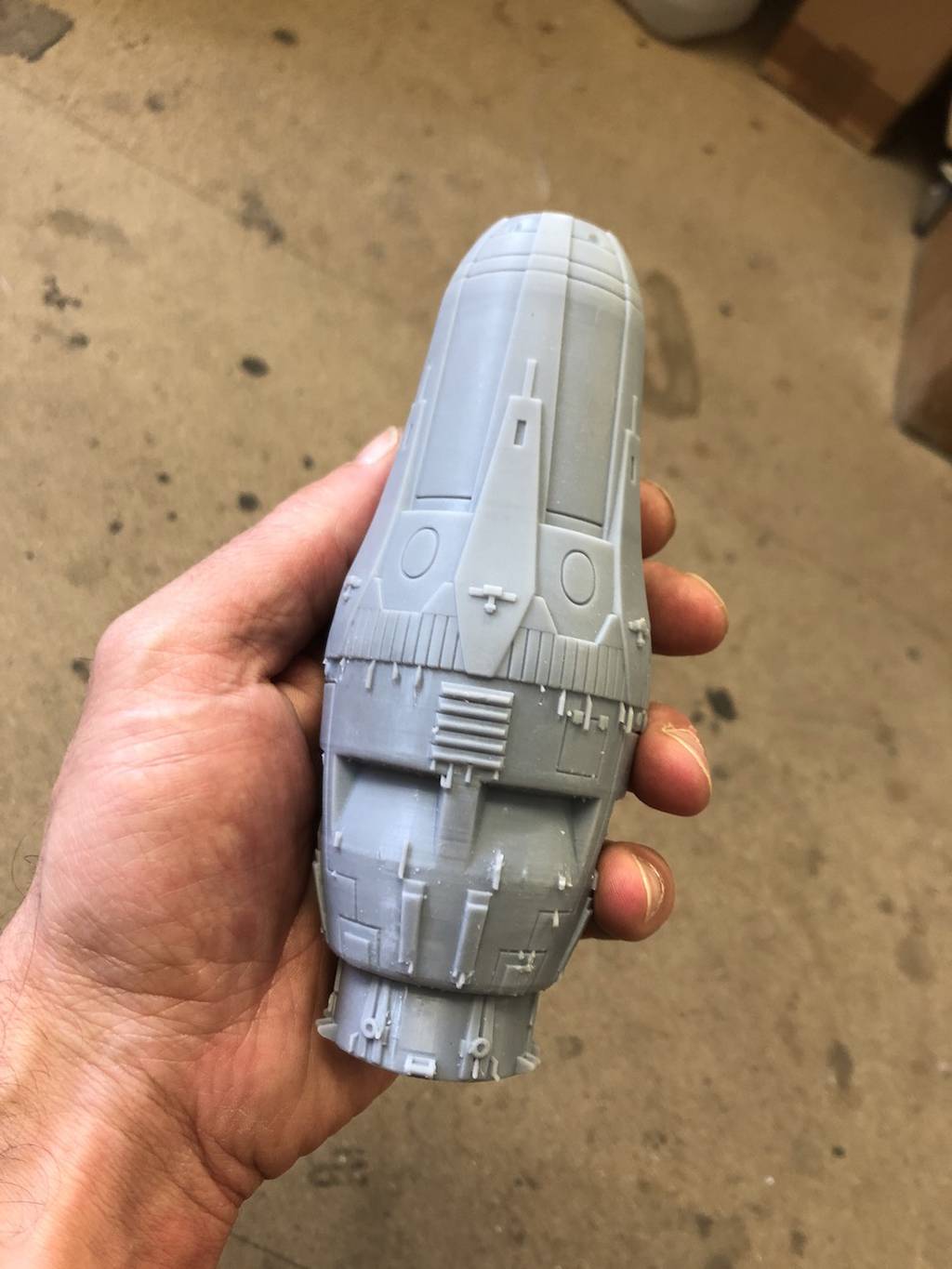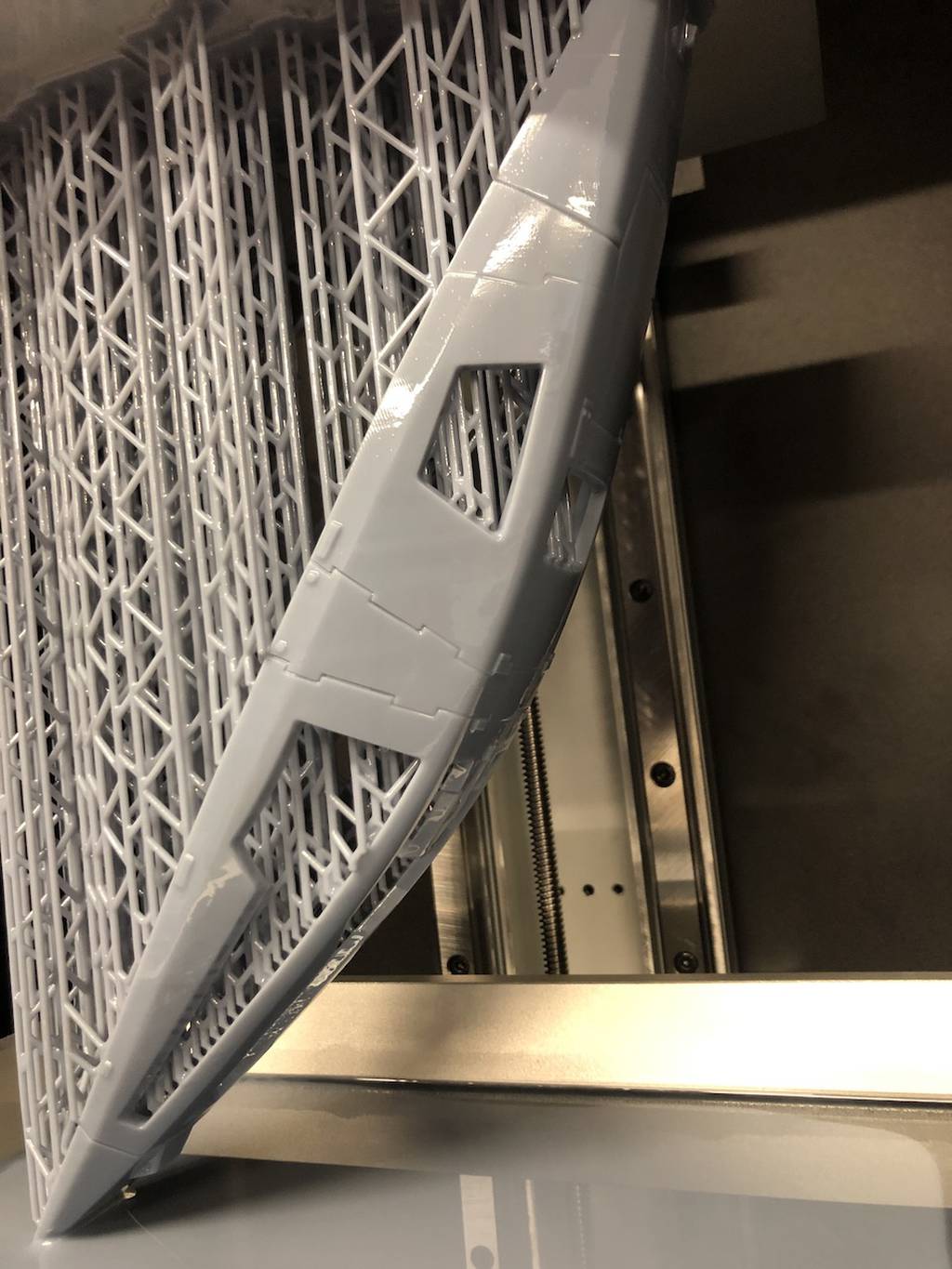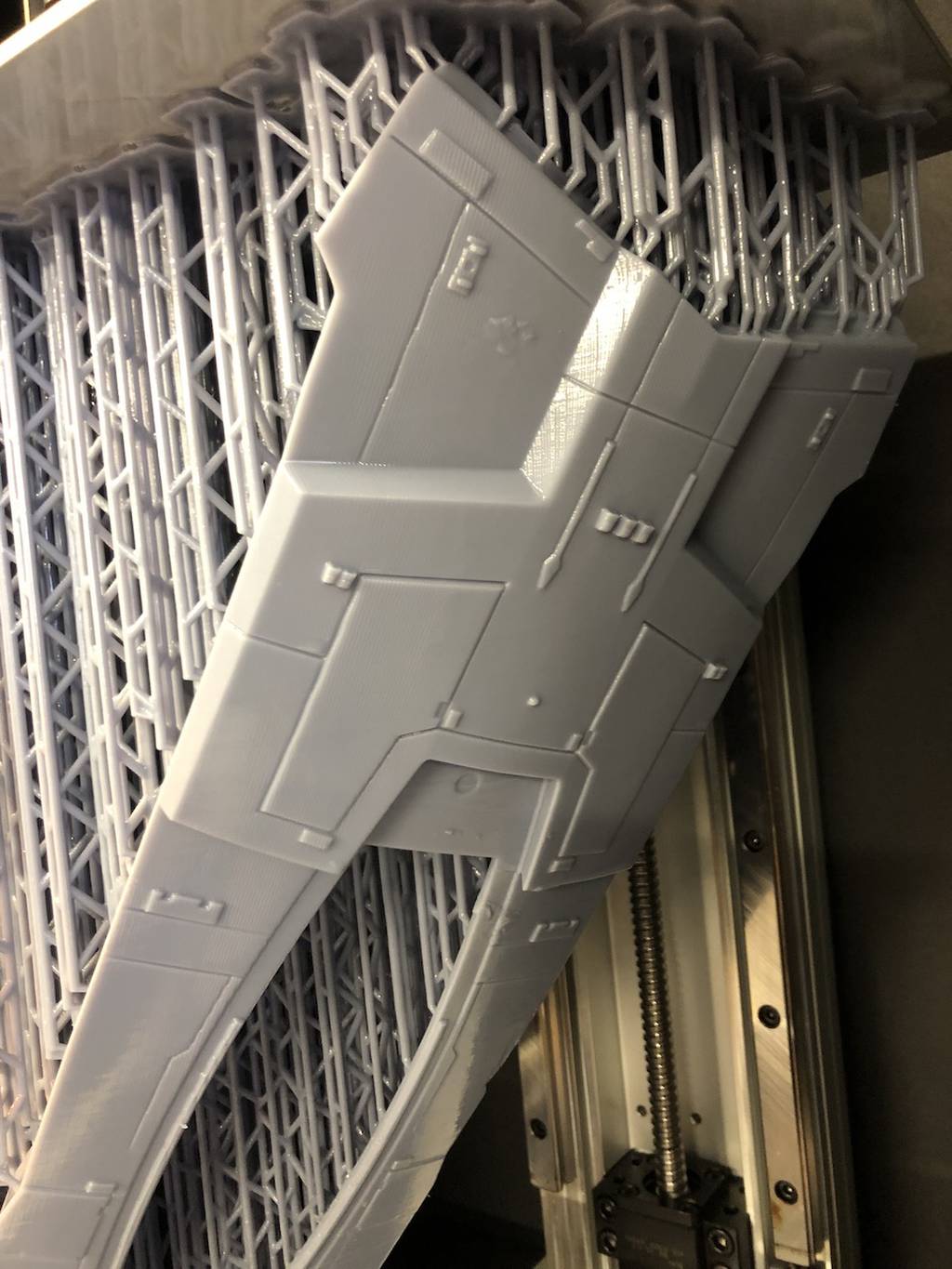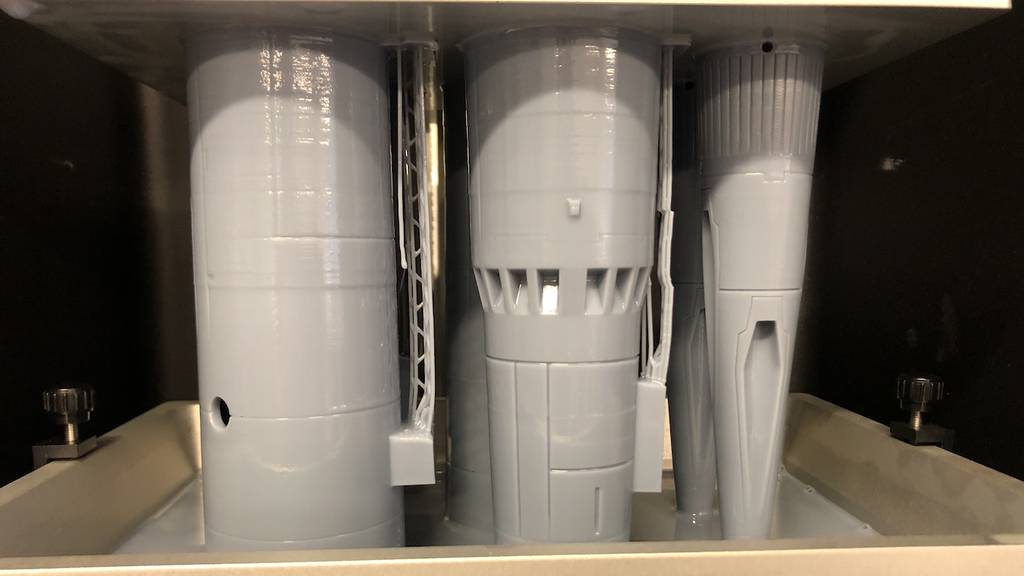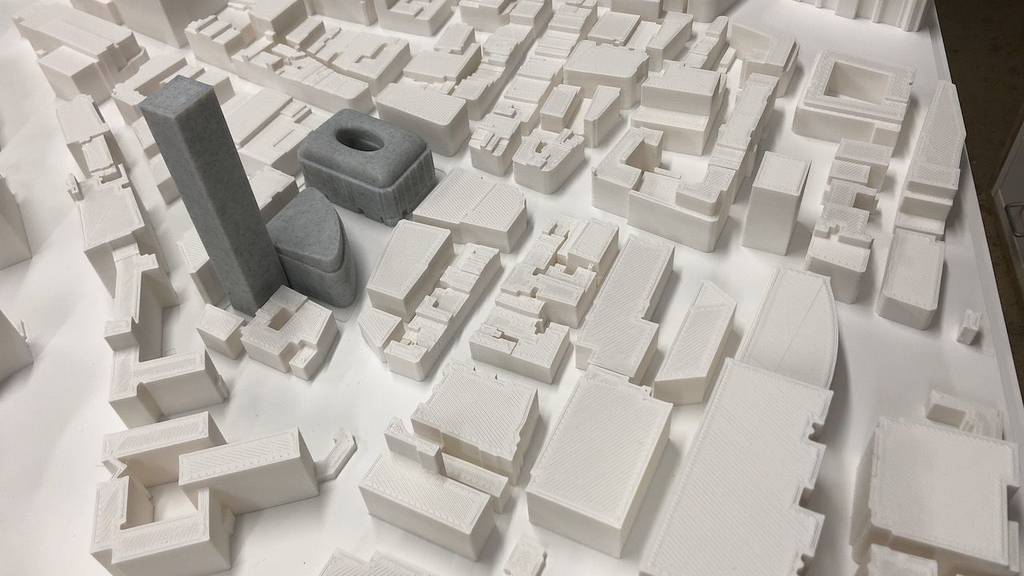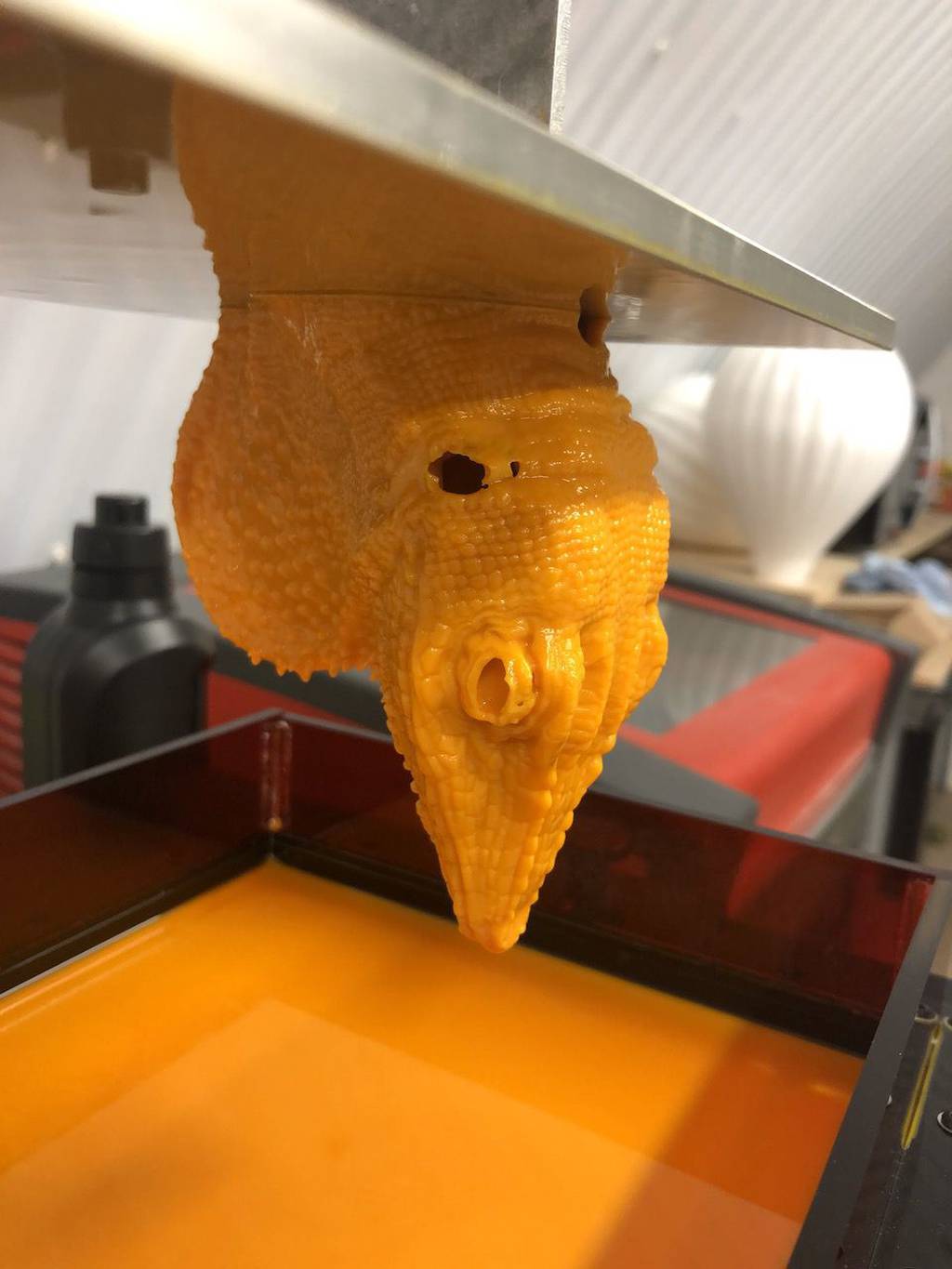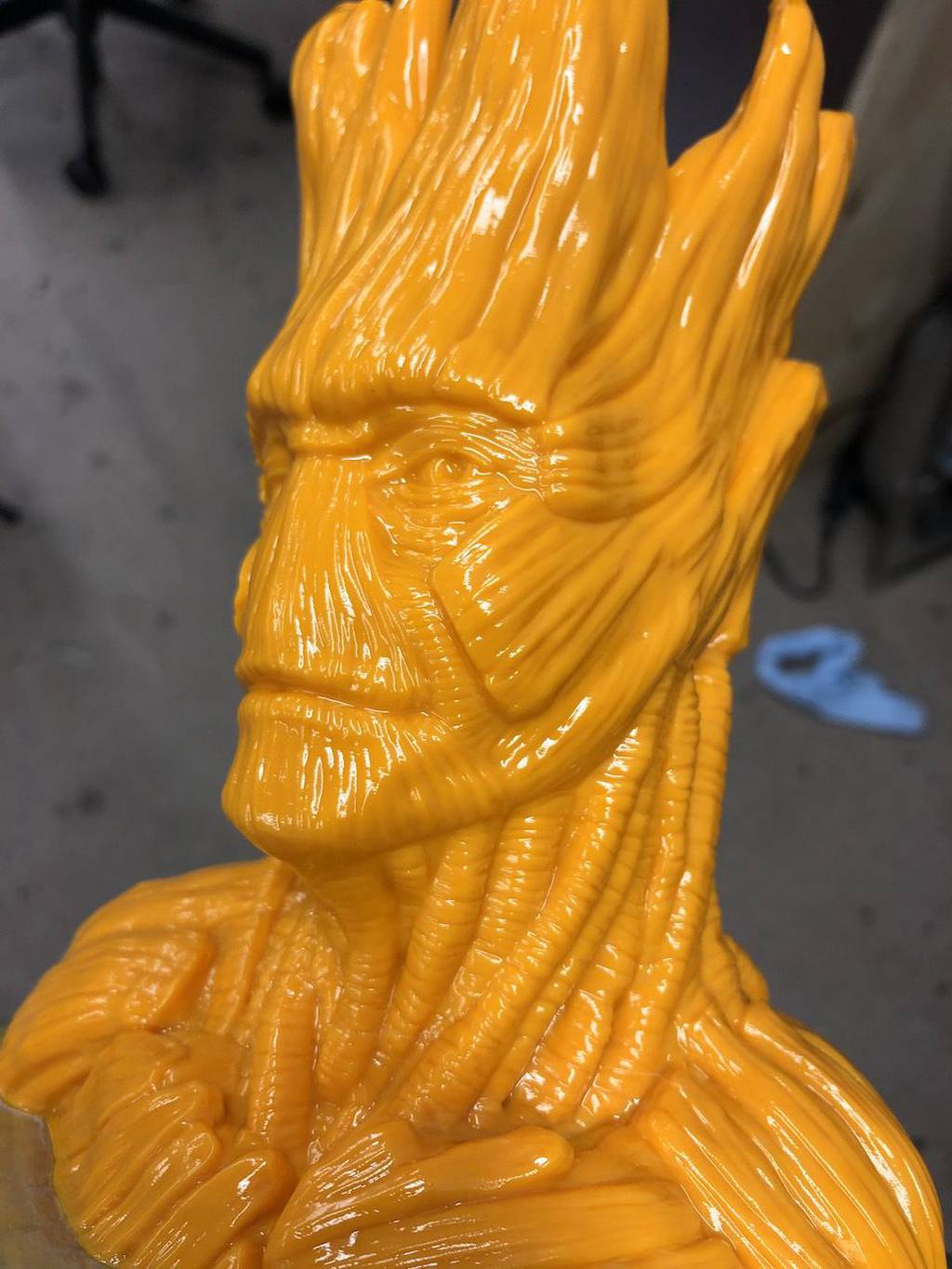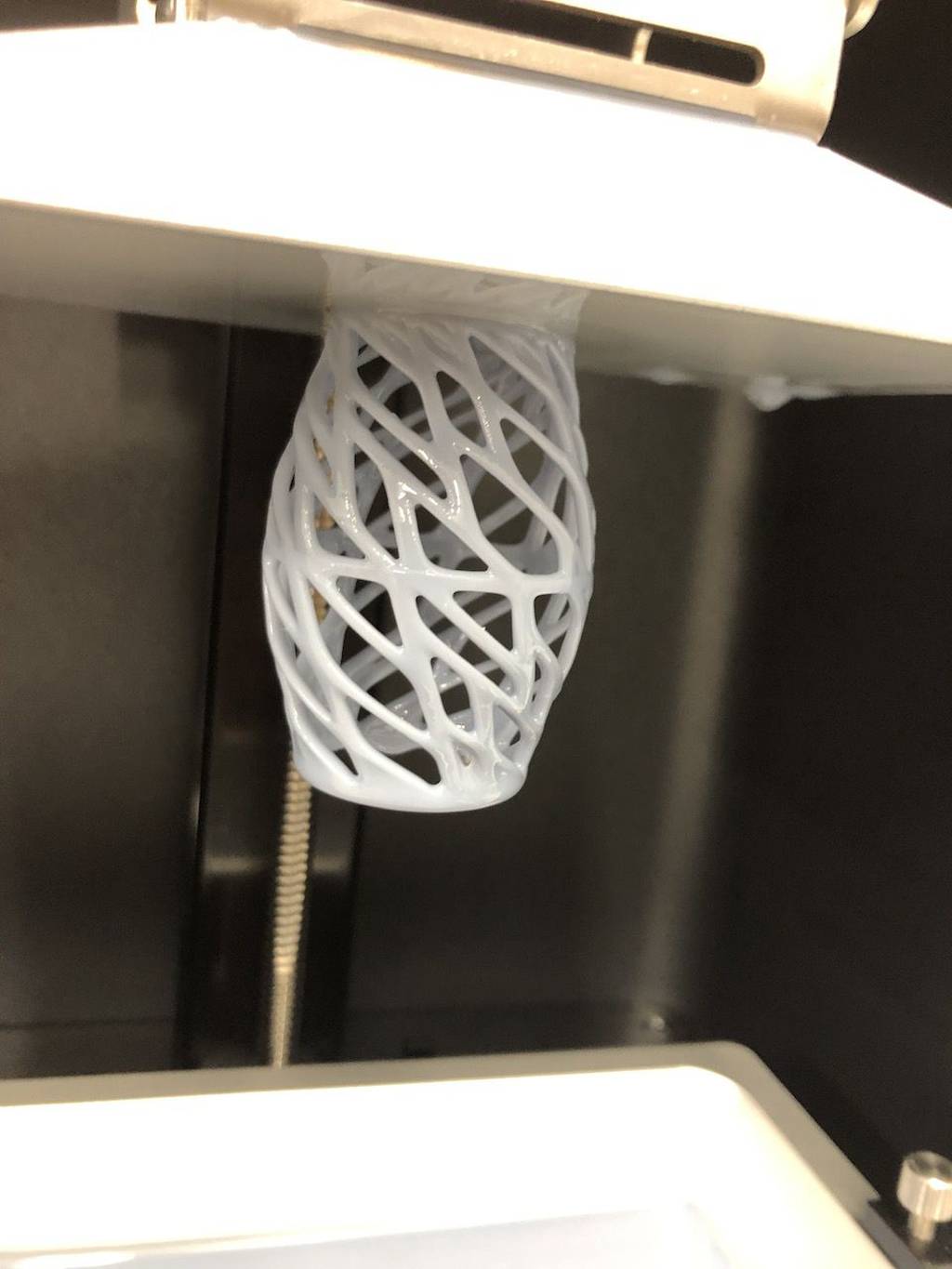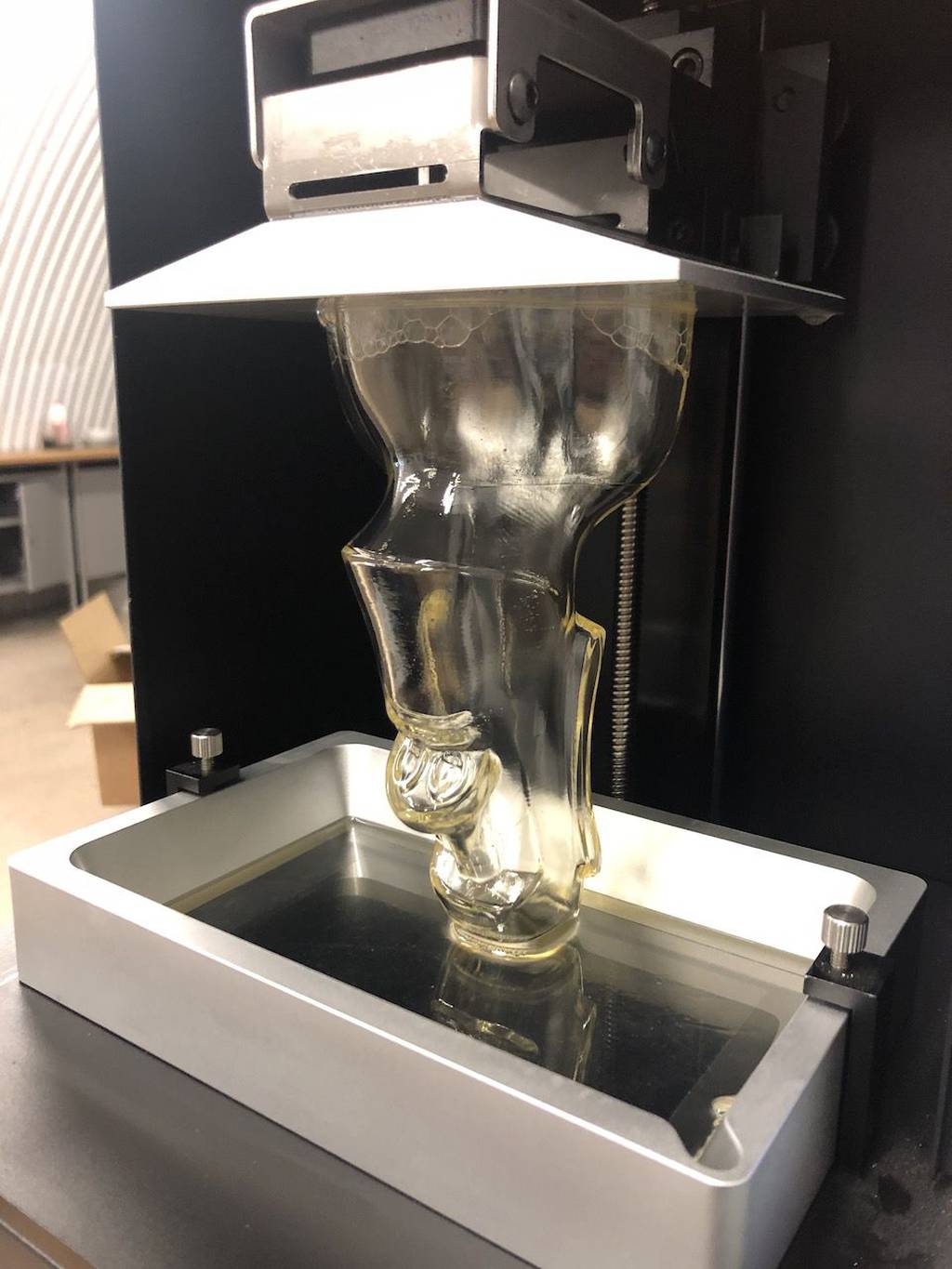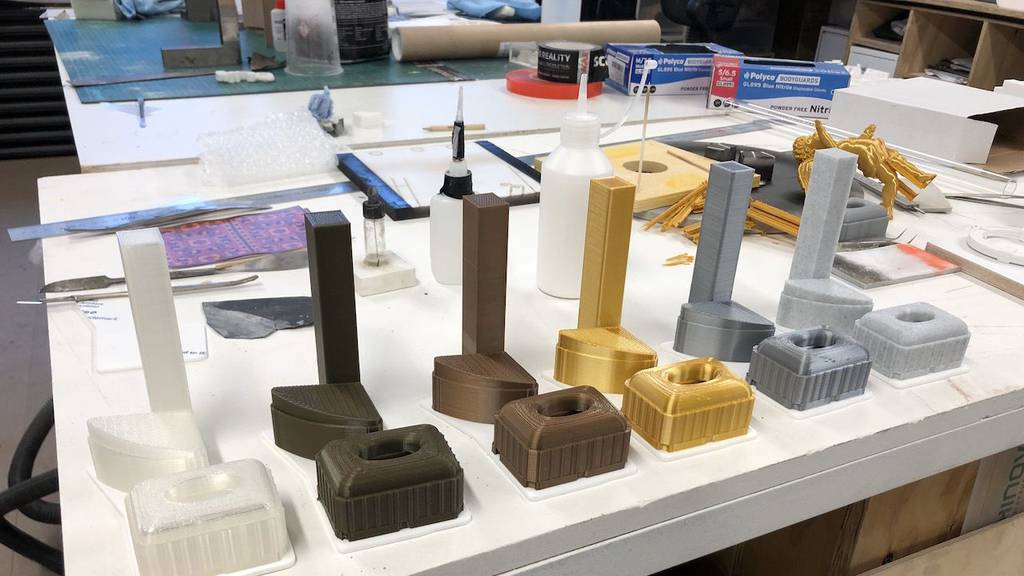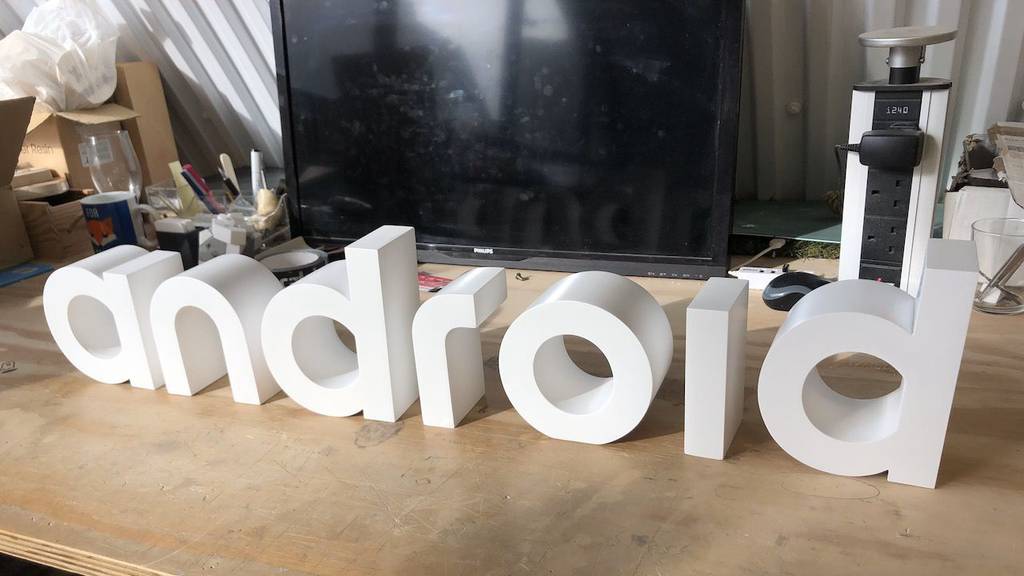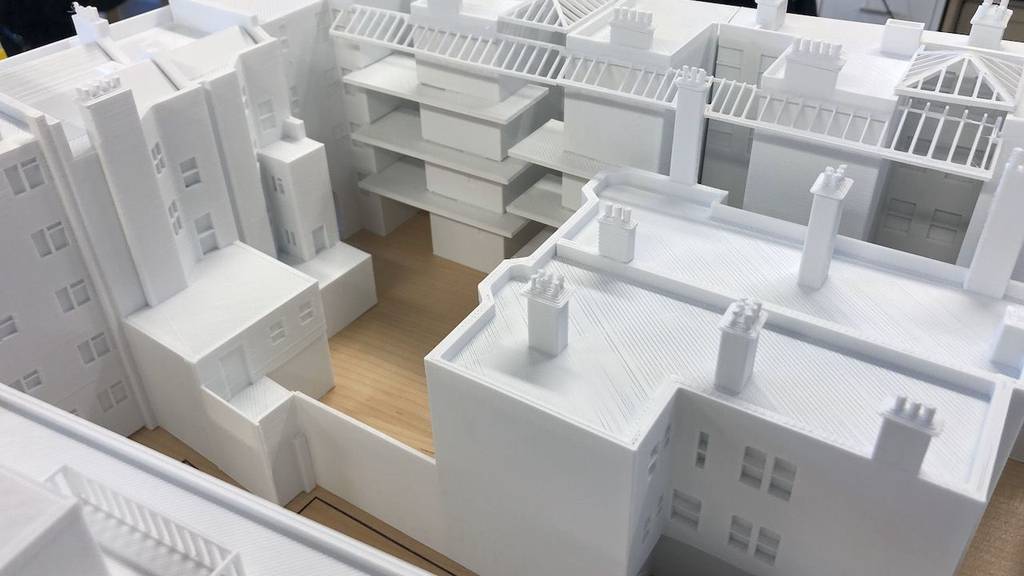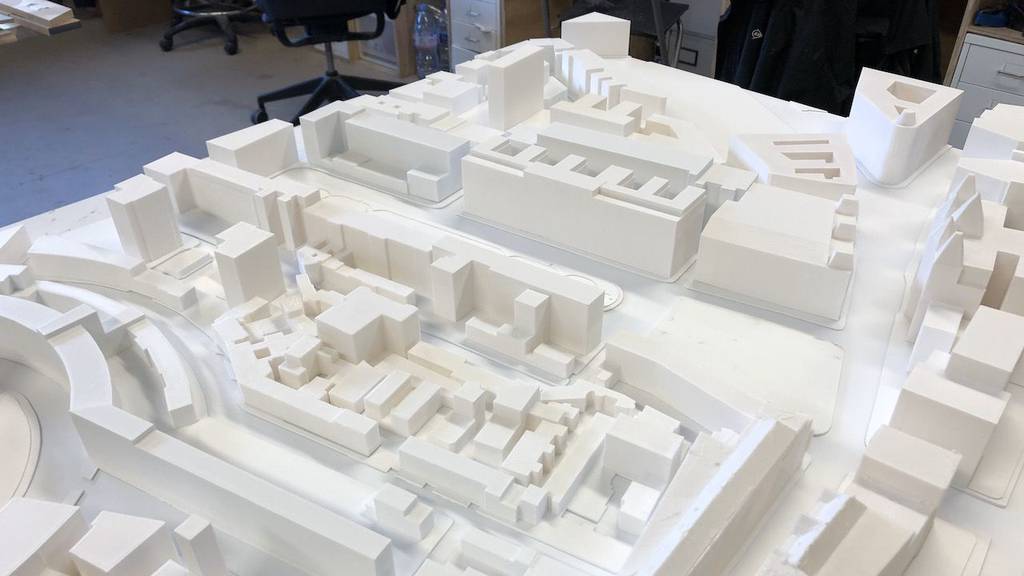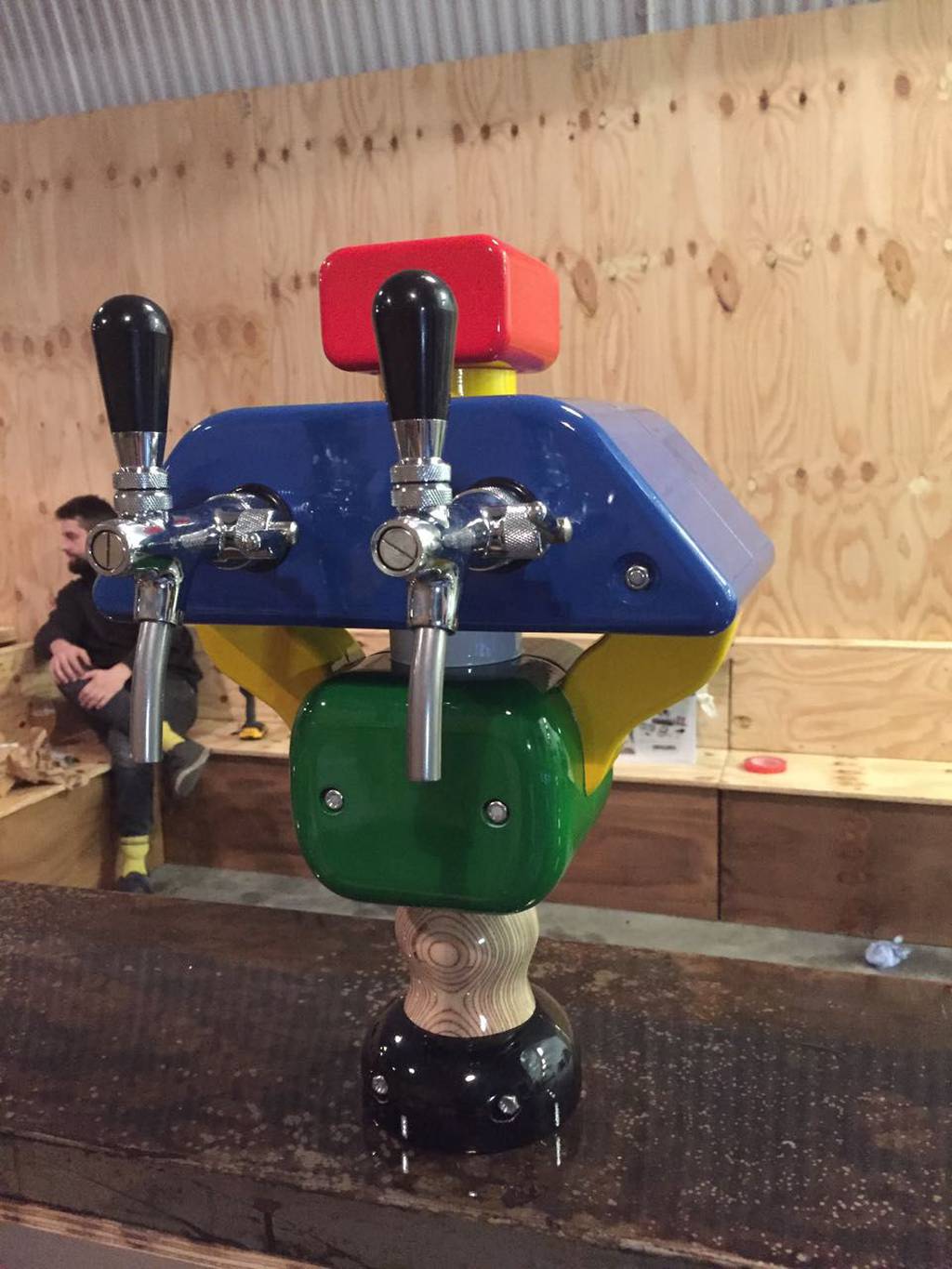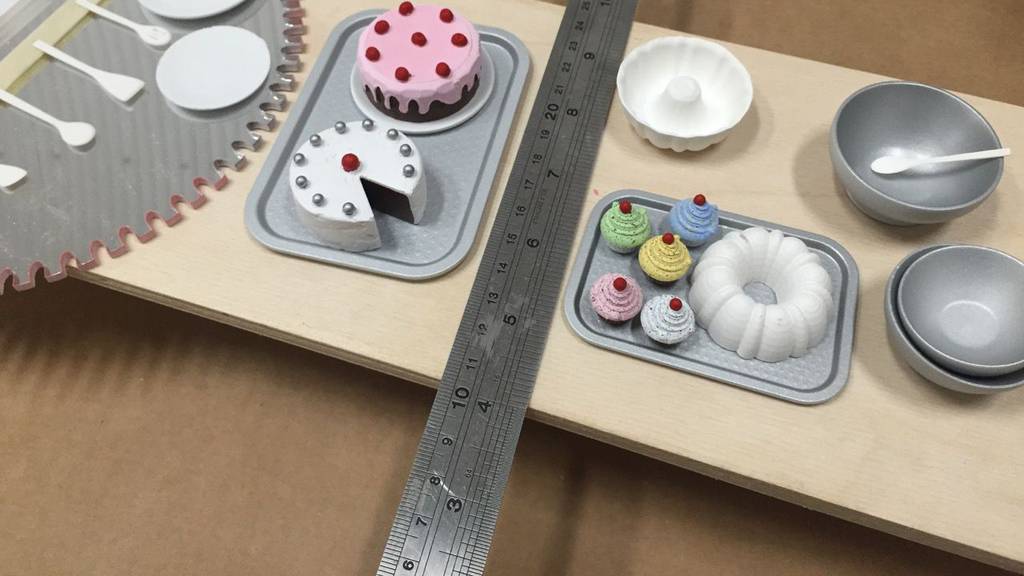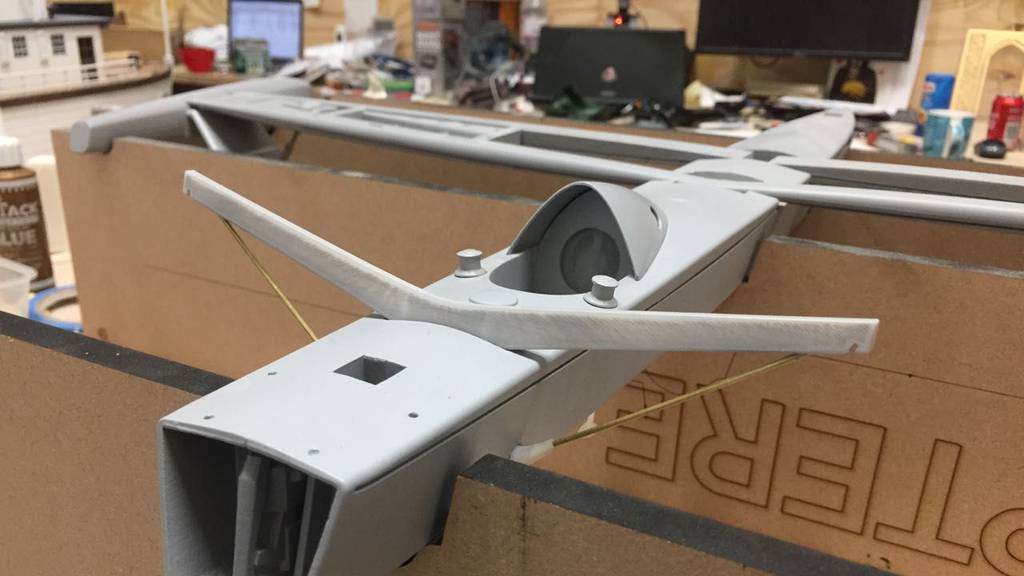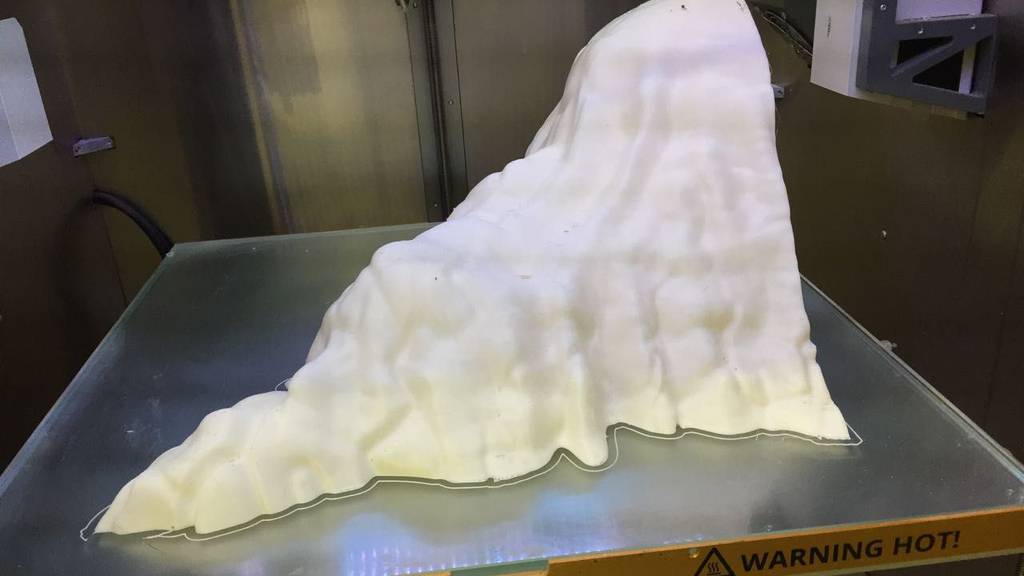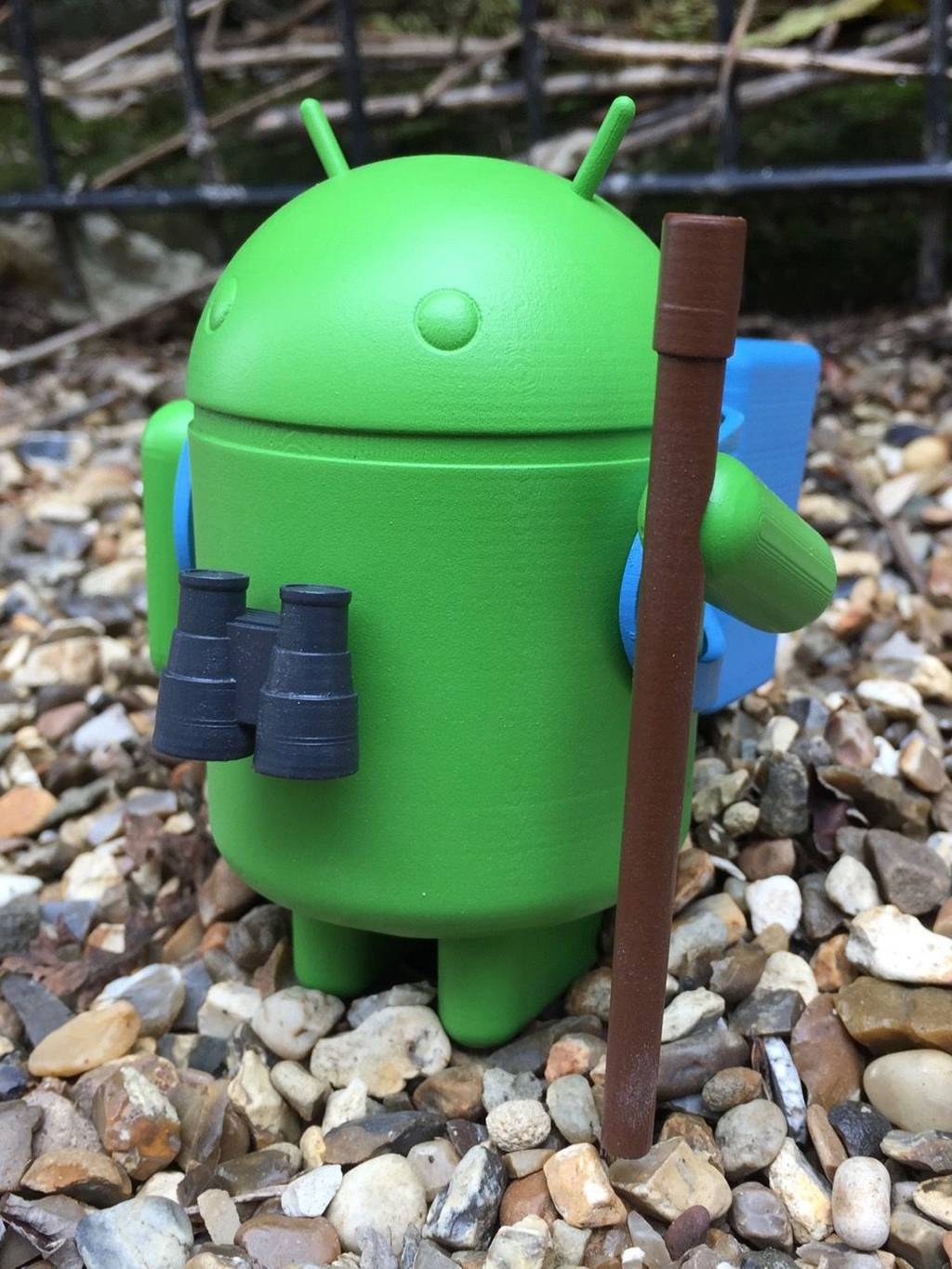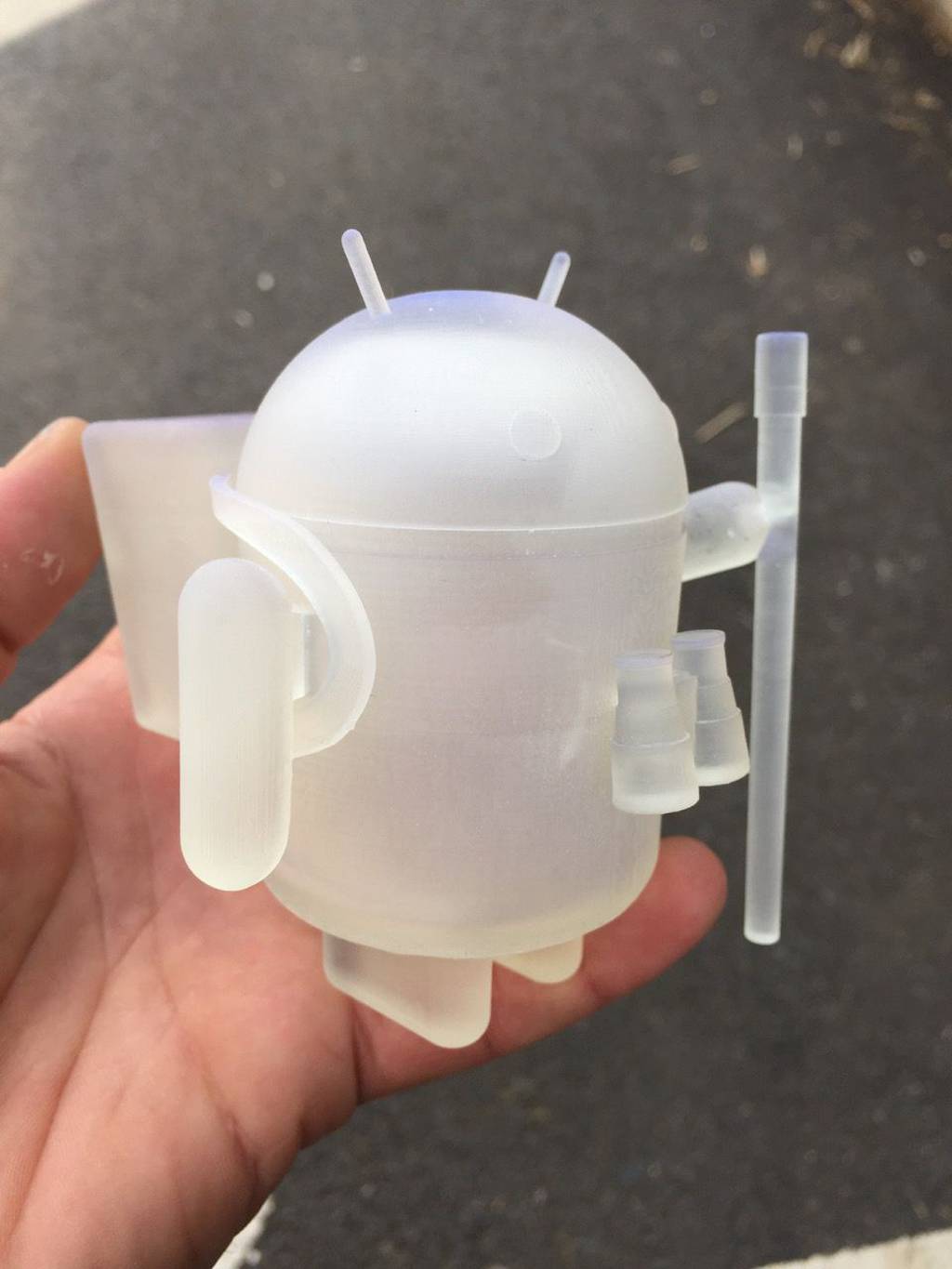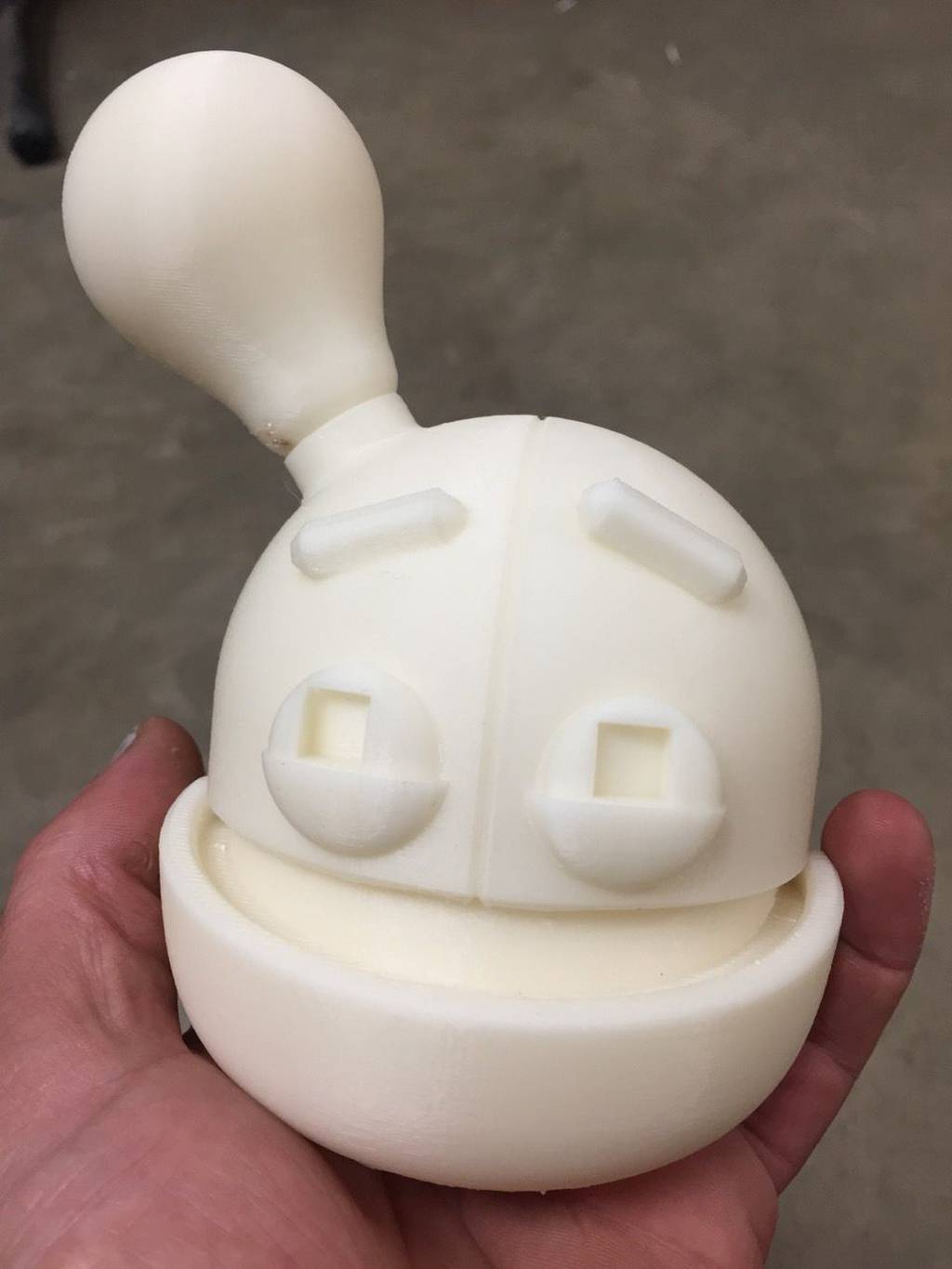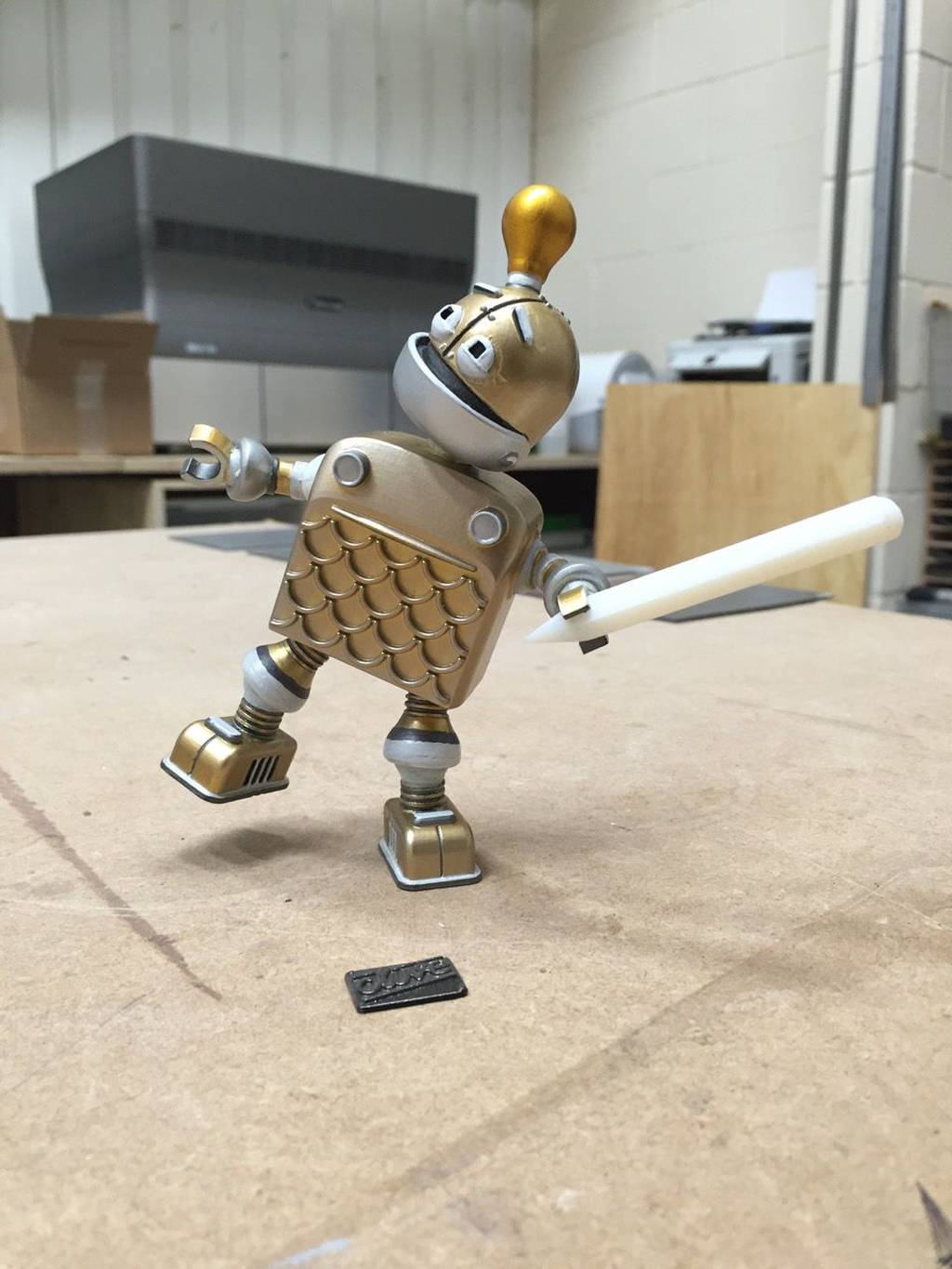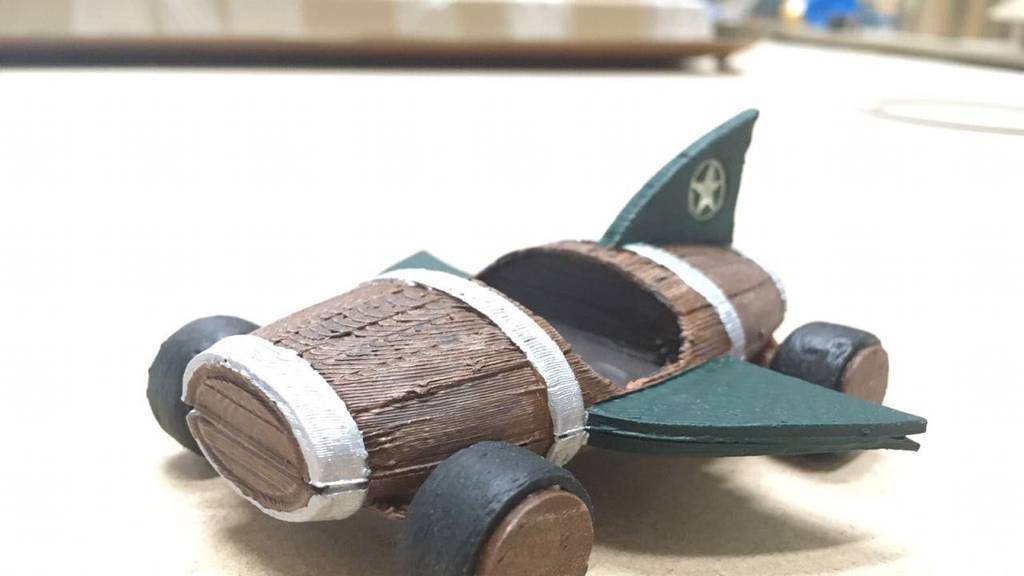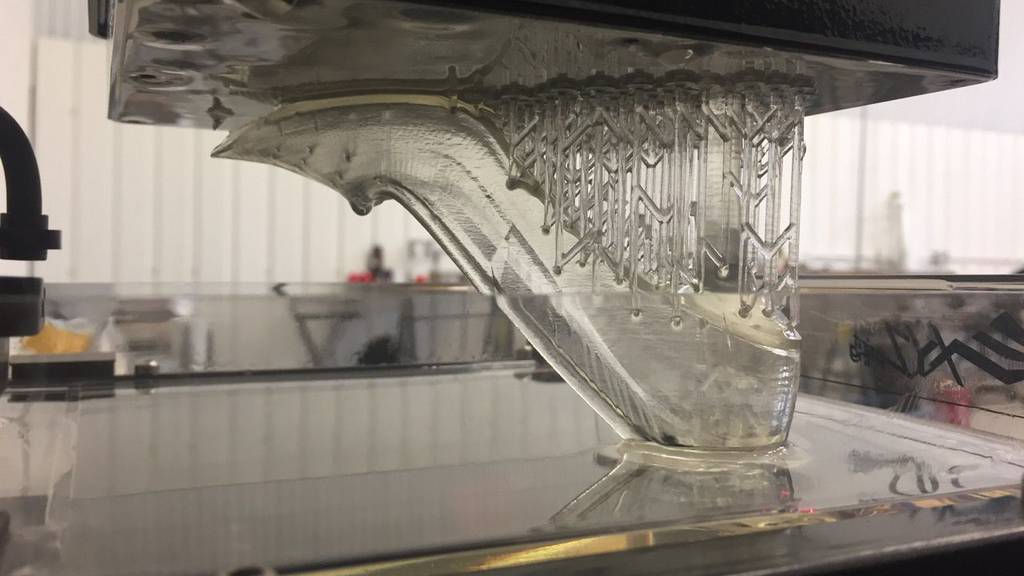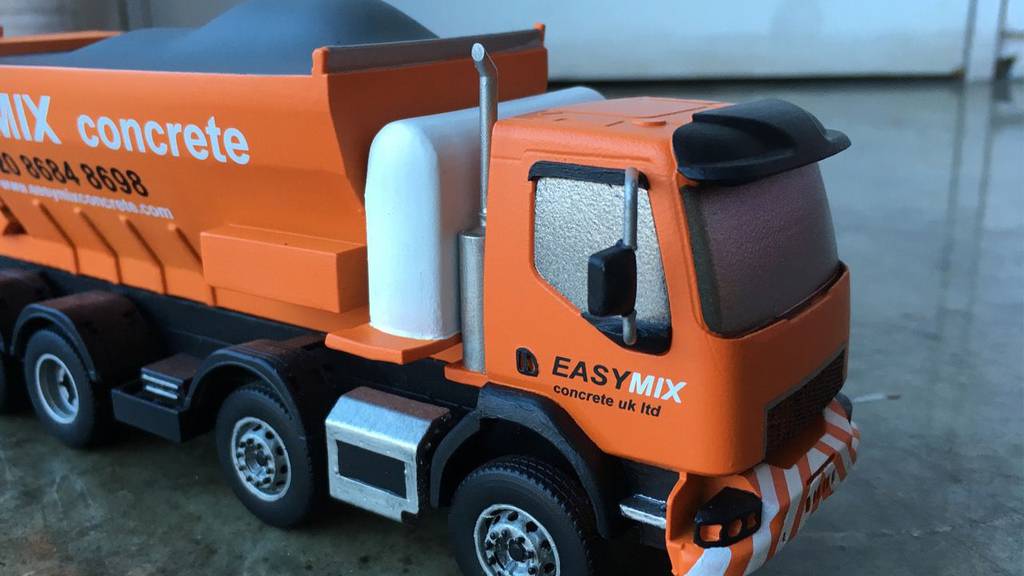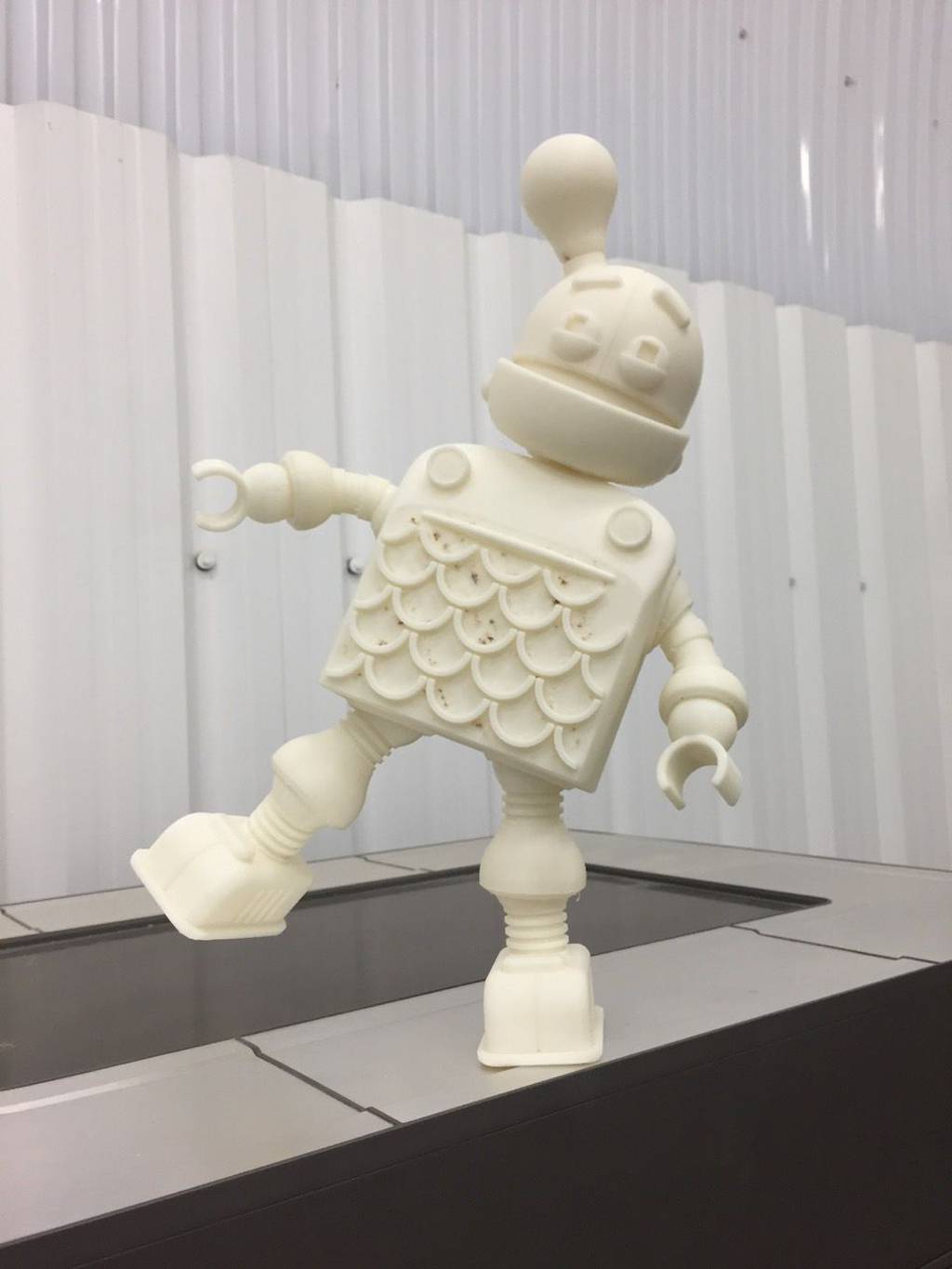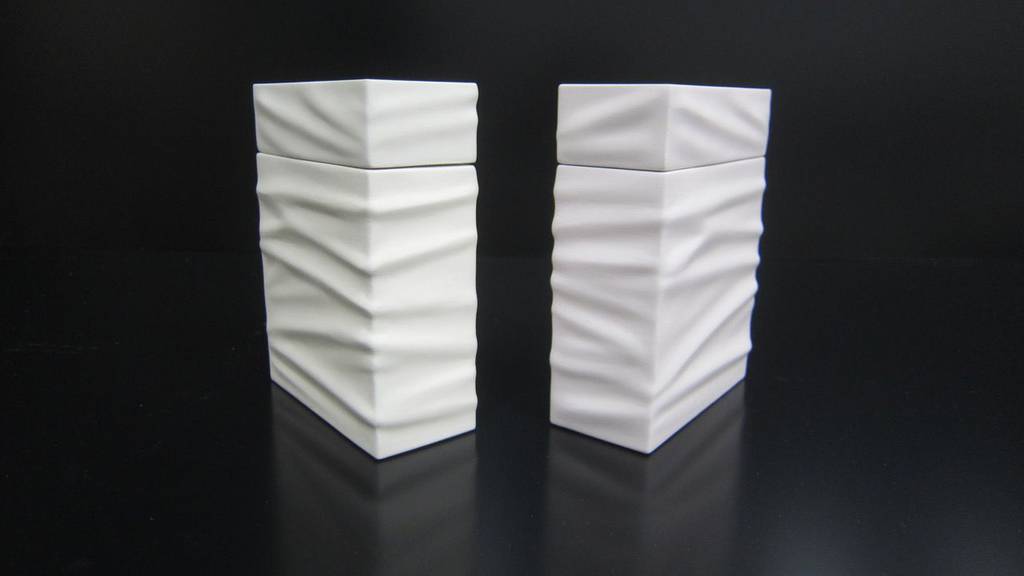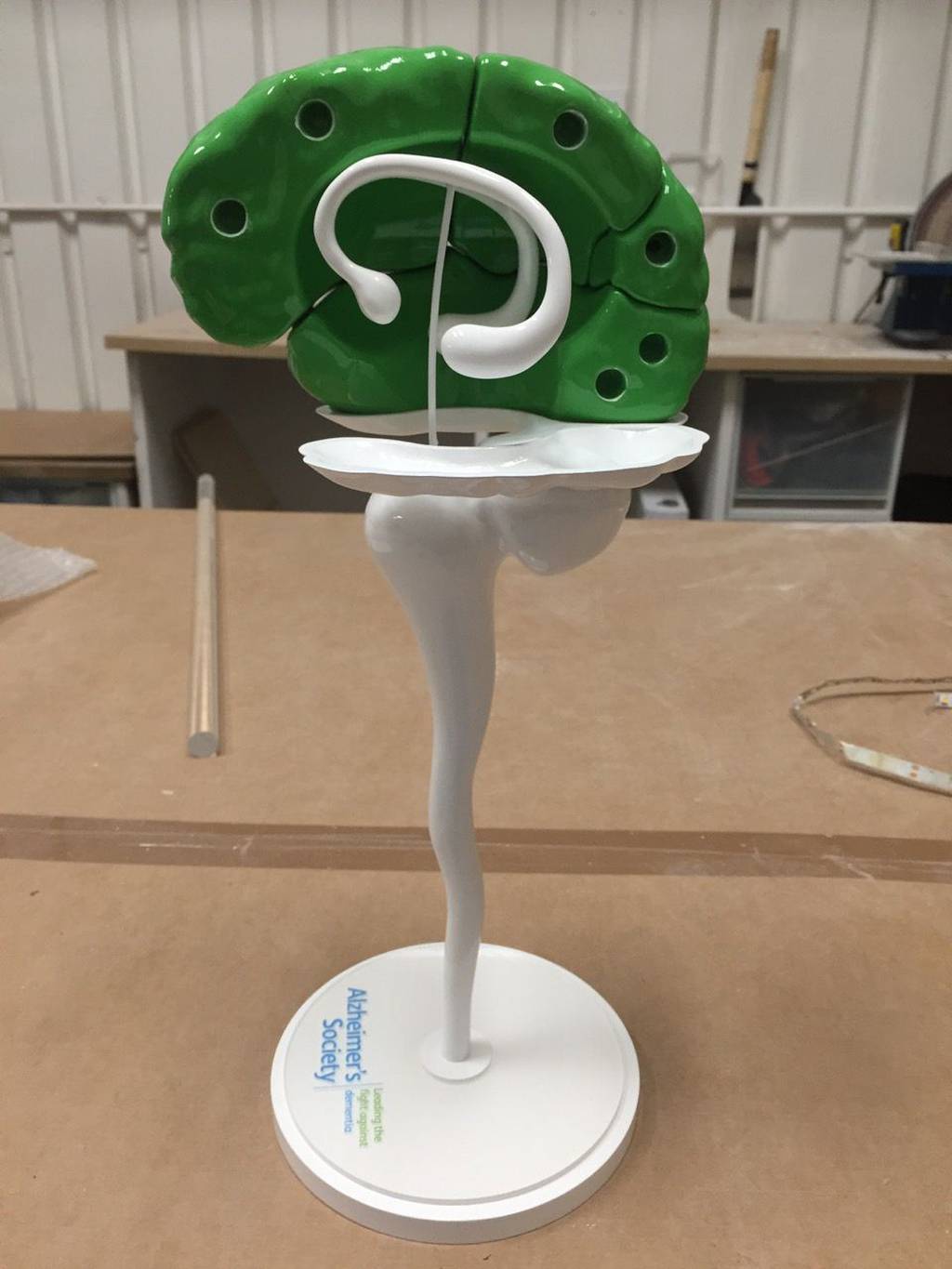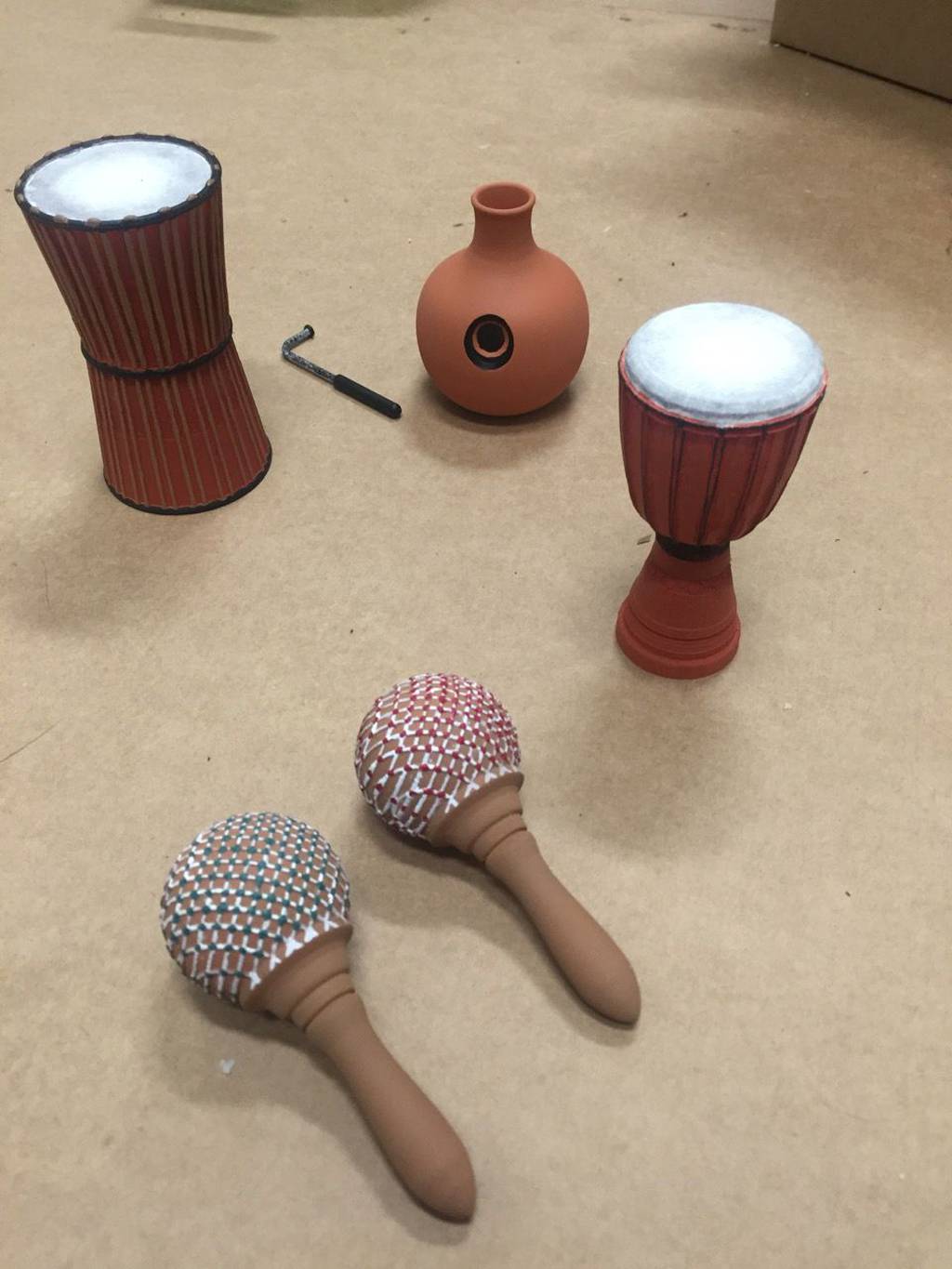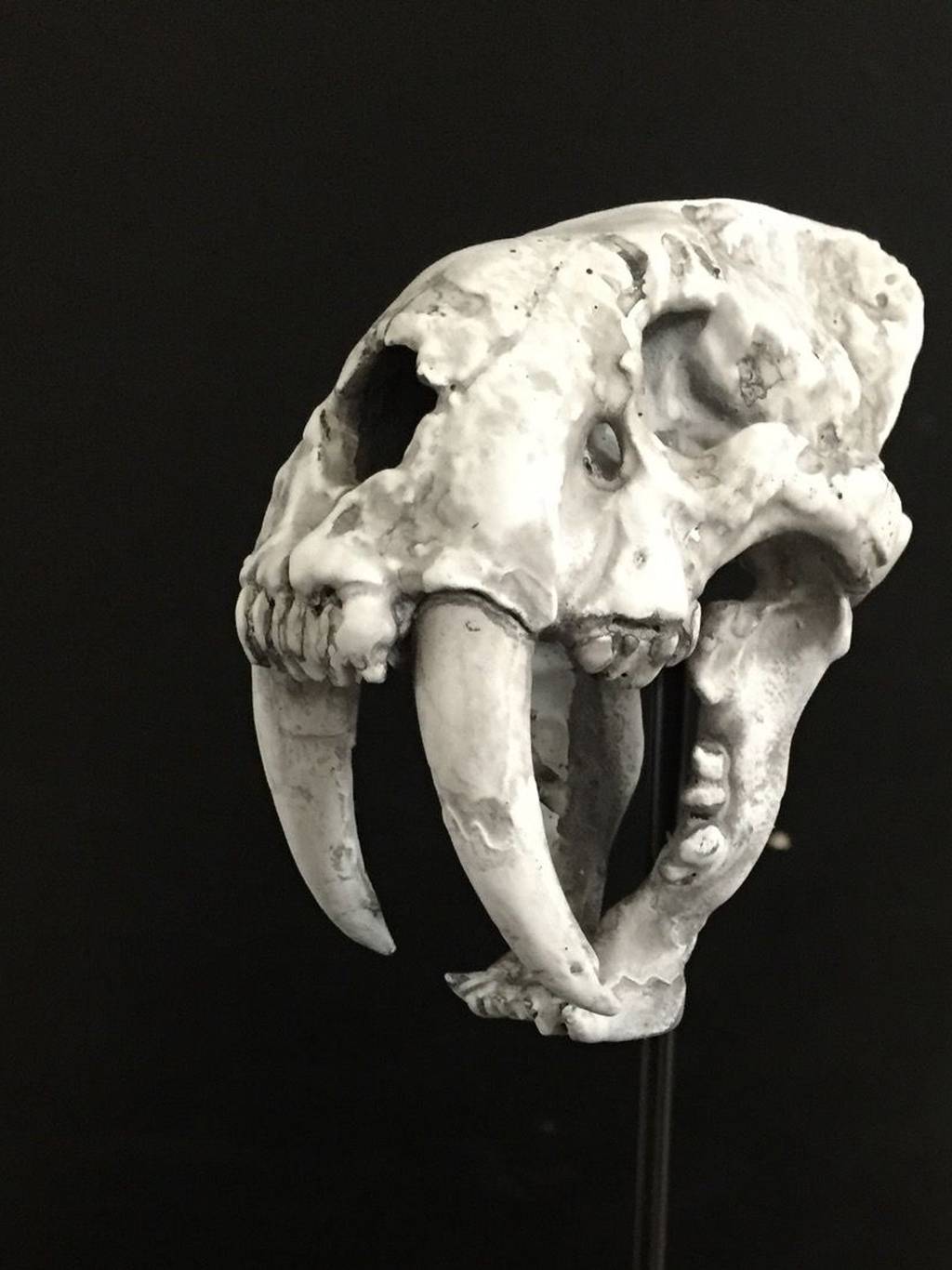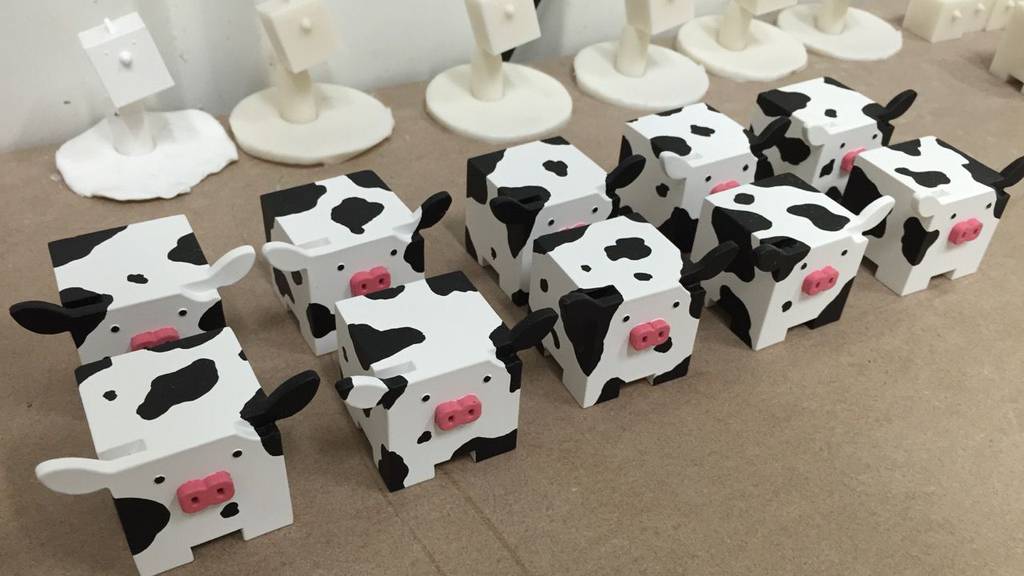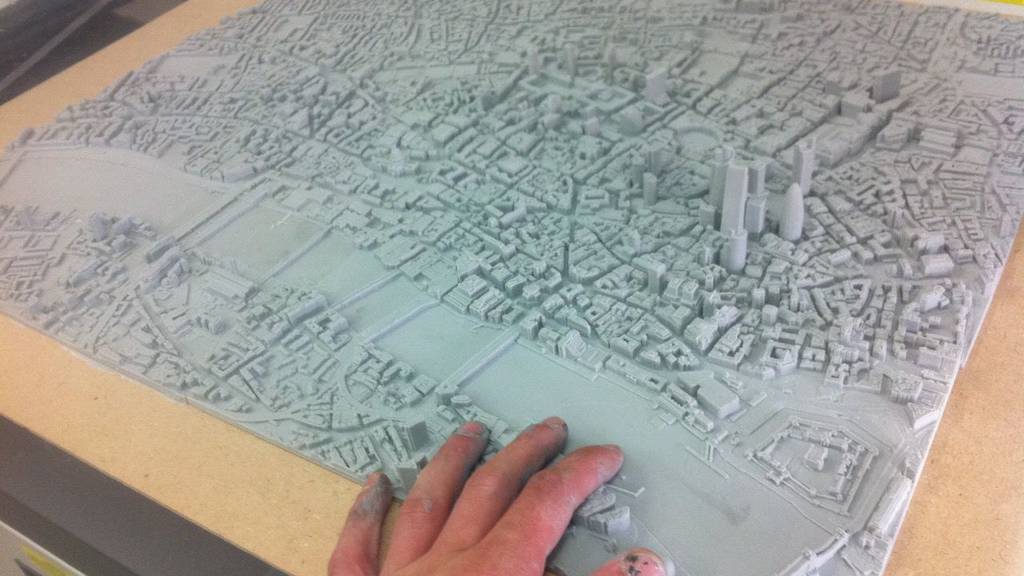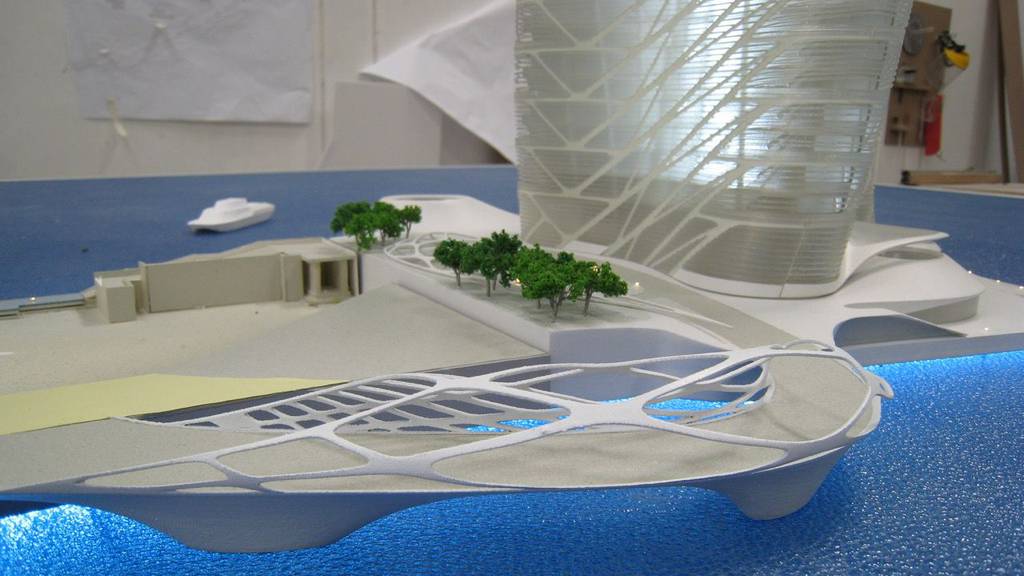At Scales & Models we are experts in 3D printing services and currently we have a variety of printers including SLA's and FDM printers. We use them both as an in-house resource to help us manufacture our models as well as 3D printing service. We delivered to the UK and Europe and can offer express delivery.
Resin 3D printers use a process called Stereolithography (SLA) which is a type of technology that works by using a UV laser to cure and solidify liquid resin layer by layers. It creates precise and detailed objects.
3D printing is great in assisting designers with accurate 3D prototypes but it also helps our model making team creating more complexed 3D geometries, especially when accuracy is critical. This has therefore enhanced our capabilities of in-house resources. For example it is a great form of creating master toolings for the use of silicone mould making, resin casting and even vacuum forming.
The maximum dimensions for our print bed are 295×165×400mm. If the piece is larger, we slice it into parts and later assemble it with precision like a 3D puzzle. On the post-processing we hide any visible seams to create a cohesive single piece.
To achieve a pristine finish on our 3d prints we start by cleaning off extra resin and carefully removing supports. Once the piece is cleaned up, it goes under UV light for the curing process that dries the 3D print. When the part is fully cured, it's time for the refinement process. Sanding and filling smoothen surfaces and remove support marks. Bespoke finishes like spay painting and other specialized surface finishes ensure aesthetics and durability of the piece.
SLA printing produces highly detailed and precise prints, making it ideal for creating intricate and complex designs.
Objects printed using SLA typically have a smooth surface finish with no visible layer lines unlike FDM prints. This quality reduces the need for extensive post-processing and finishing like painting.
Unlike subtractive manufacturing methods where material is removed from a larger block, 3D printing techniques like SLA is a type of additive manufacturing. This only uses the material necessary to build the objects, minimizing the material waste.
There's a wide range of materials available for SLA printing, each with specific properties such as transparency, flexibility, toughness, or heat resistance. This variety allows for the creation of prototypes and end-use parts with specific material characteristics.
For any inquiries or further information, please reach out to us via email at info@scalesandmodels.com.
